The City Of Brotherly Love - Philadelphia, PA
Philadelphia, often called "Philly," is a city rich in history and cultural significance. Founder, William Penn named the city which is derived from the Greek words "phileo," meaning love, and "adelphos," meaning brother, symbolizing a place of brotherly love and religious tolerance. As the largest city in Pennsylvania, Philadelphia is known for its walkability, particularly in the Center City area.
Philadelphia played a pivotal role in the formation of the United States, hosting the First Continental Congress, the Constitutional Congress, and the Constitutional Convention. It also served as the nation's first capital, earning it the title "birthplace of America." Today, Philadelphia blends a historical heritage with a dynamic, modern culture, making it a unique and vibrant destination.
This is what caught my eye; I hope you enjoy!

Philadelphia's City Hall is an architectural masterpiece designed by Scottish-born architect John McArthur Jr. and Thomas Ustick Walter. Completed in 1894, this iconic building features elaborate sculptures, a grand clock tower, and intricate details throughout.

Railways and skyscrapers

Completed in 1865,
The Union League of Philadelphia building, completed in 1865, is a prestigious private club that has played a significant role in the city's history, and the building reflects the grandeur of the era.

Pennsylvania Railroad Suburban Station is an art deco office building and underground commuter rail station which was opened in 1930.
Do you like the images posted?
Click here to explore the shop.

Philadelphia is renowned for its vibrant street murals, which are a significant part of the city's cultural landscape.
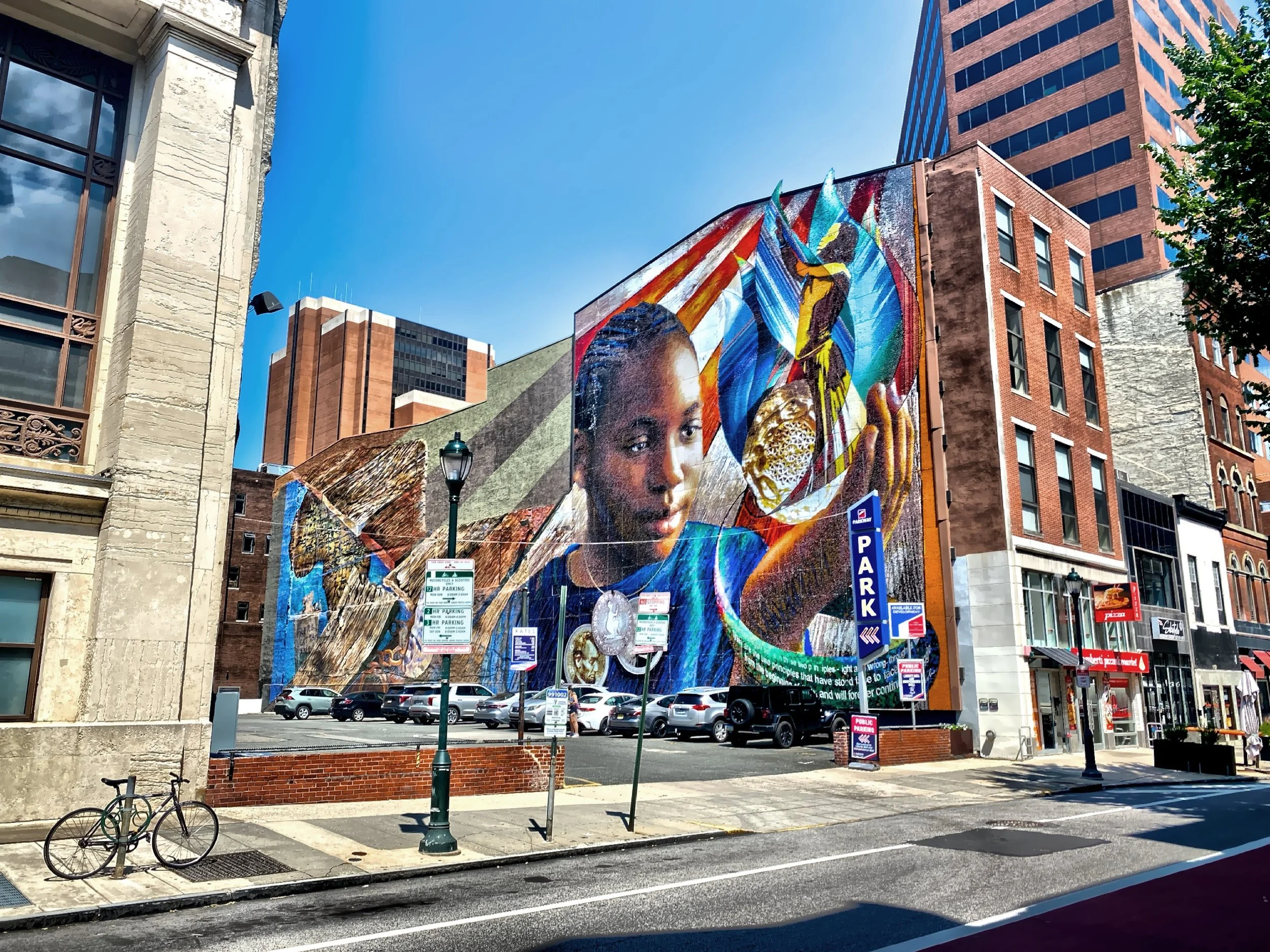
These murals can be found throughout the city, many of the them reflect the city's history, diversity, and community spirit.

The Mural Arts Philadelphia program, one of the largest public art initiatives in the world, has played a key role in fostering this creative expression.
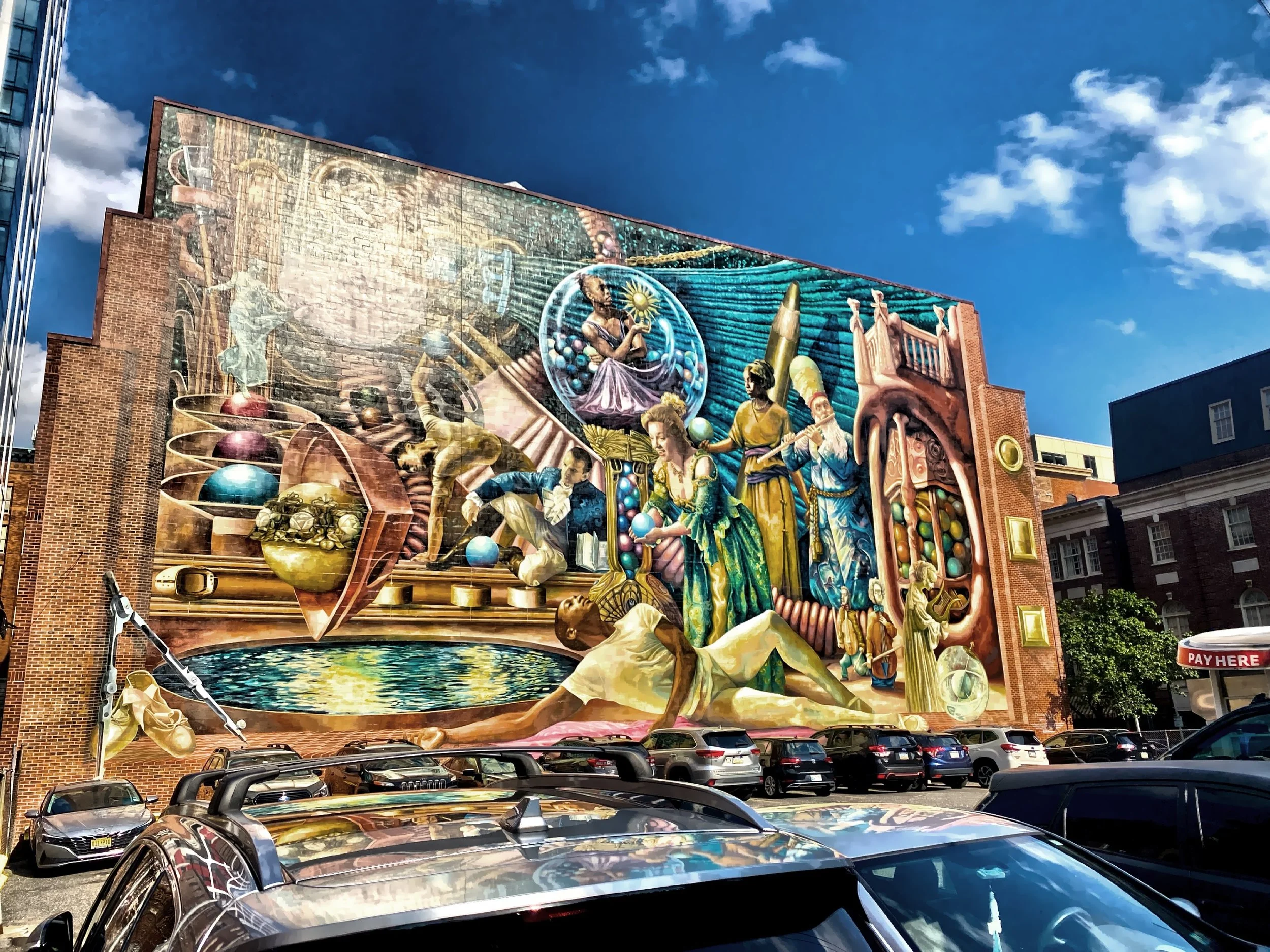
.
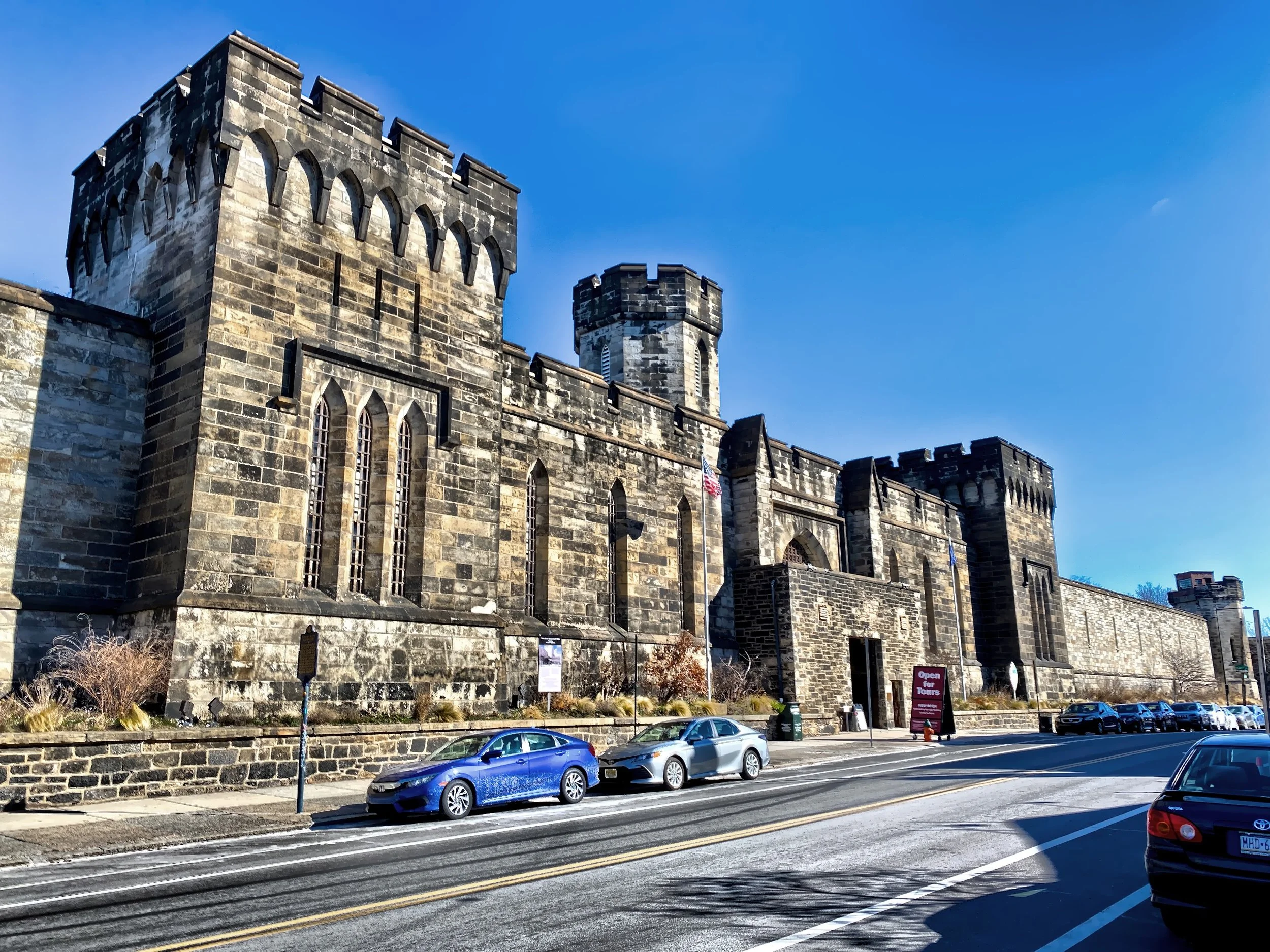
The Eastern State Penitentiary is a former prison that refined the revolutionary system of separate incarceration, was operational from 1829 until 1971.
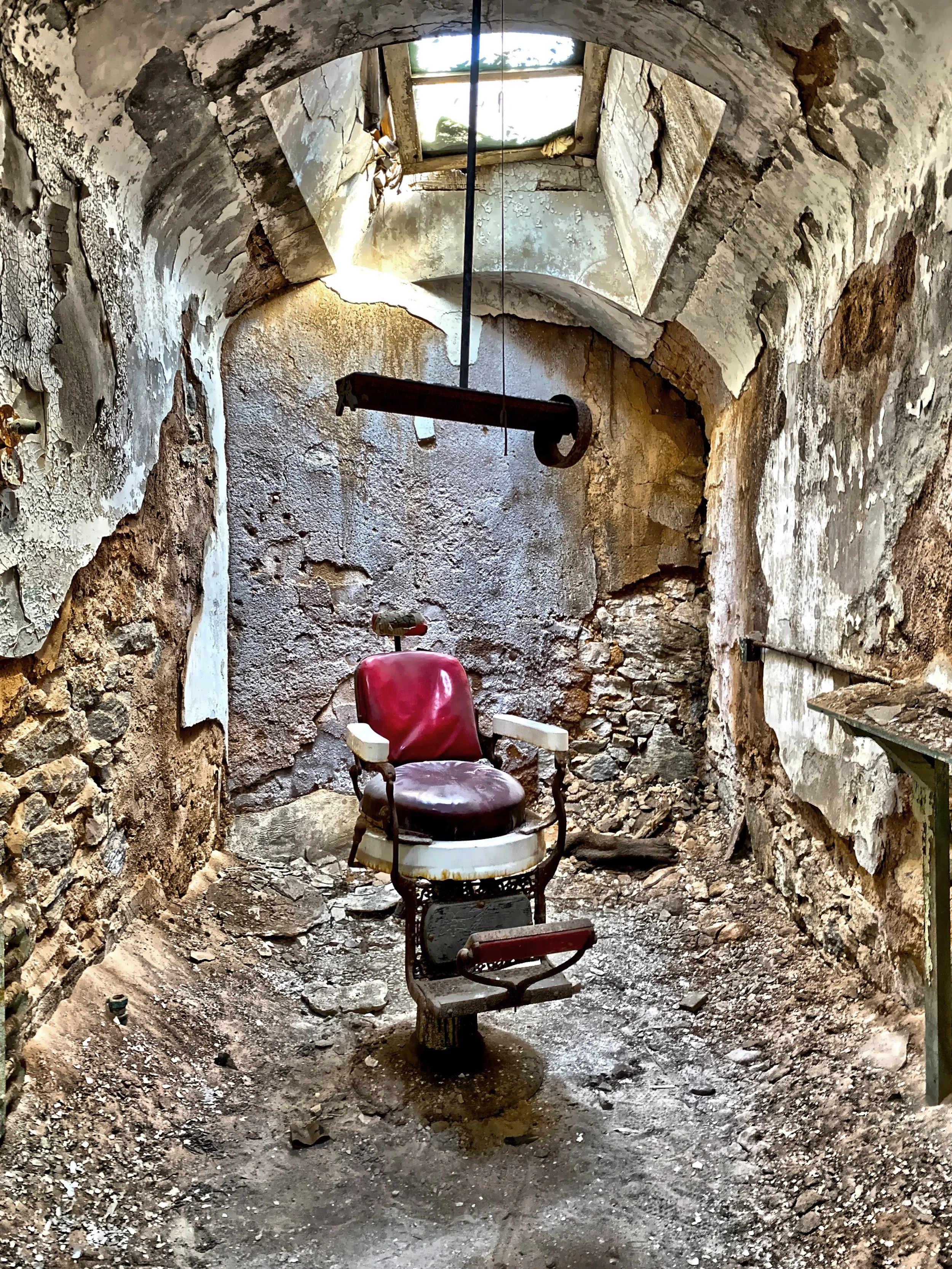
At its peak, the prison was one of the most expensive and well-known in the world, housing notorious criminals such as Al Capone.

The Ebenezer Maxwell House, in Germantown, was built in 1859.
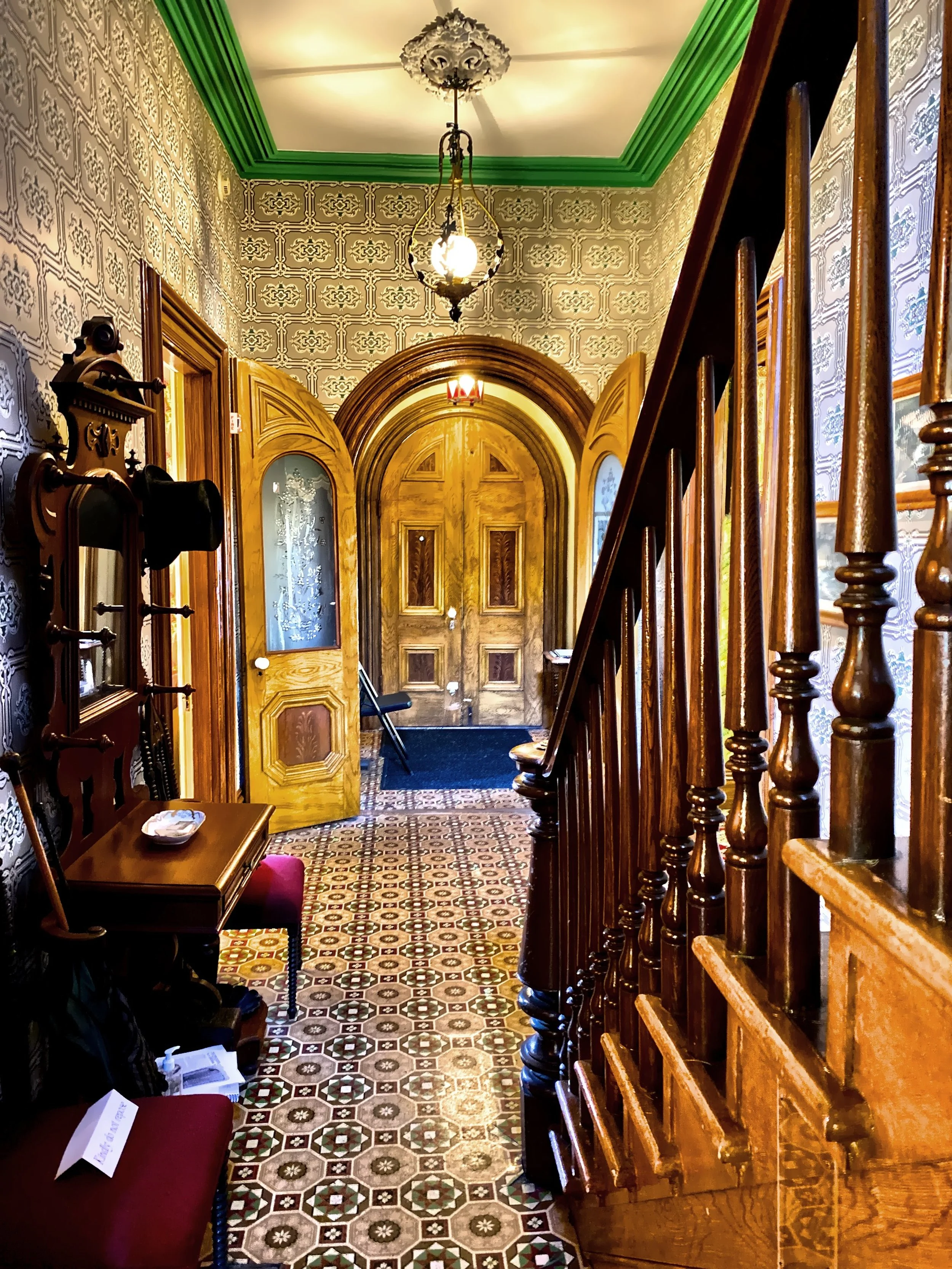
Inside the Ebenezer Maxwell House

The historic Independence Hall is located in the city’s Old City neighborhood. This is where the Declaration of Independence and Constitution were debated and adopted.
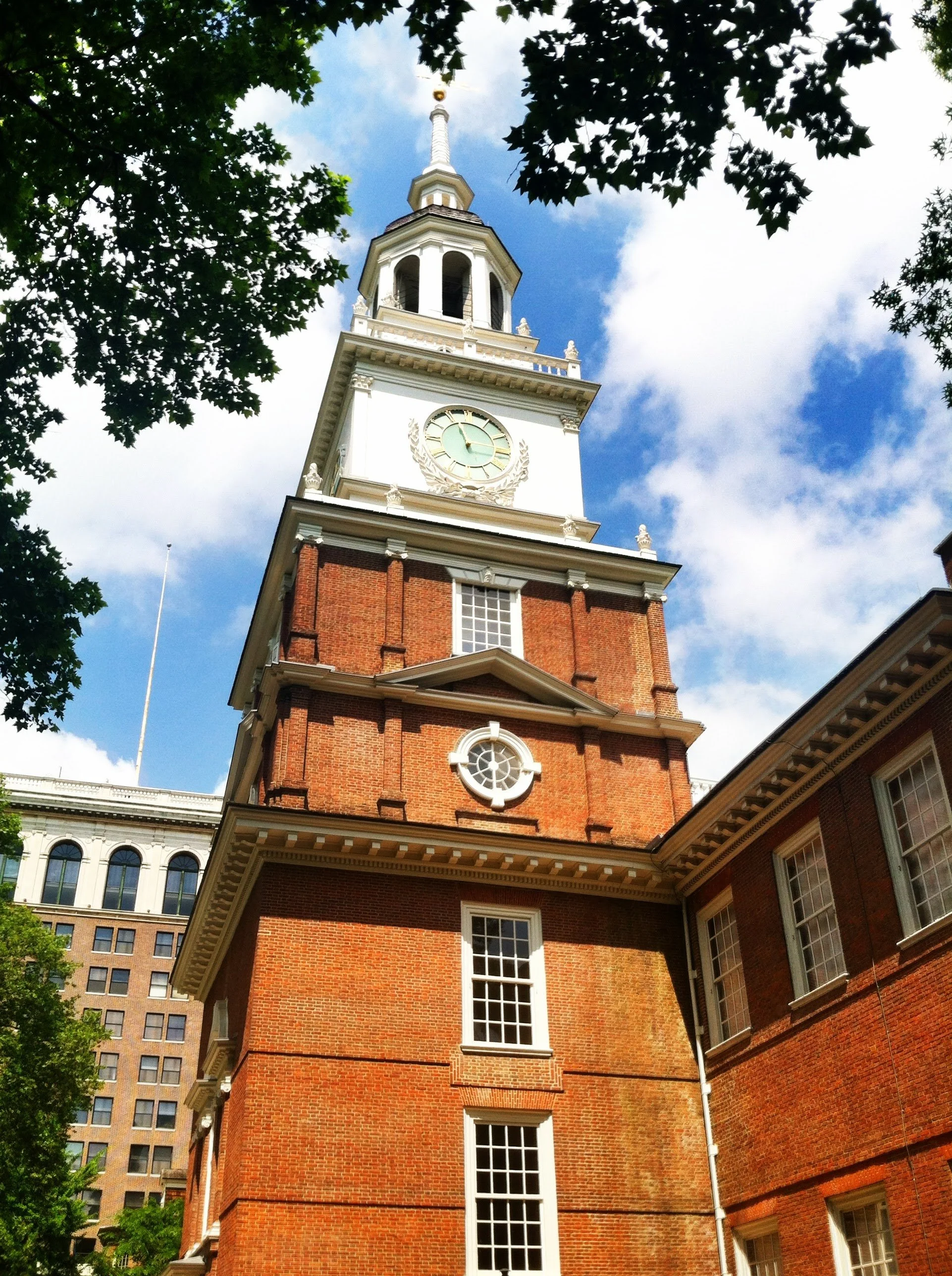
.
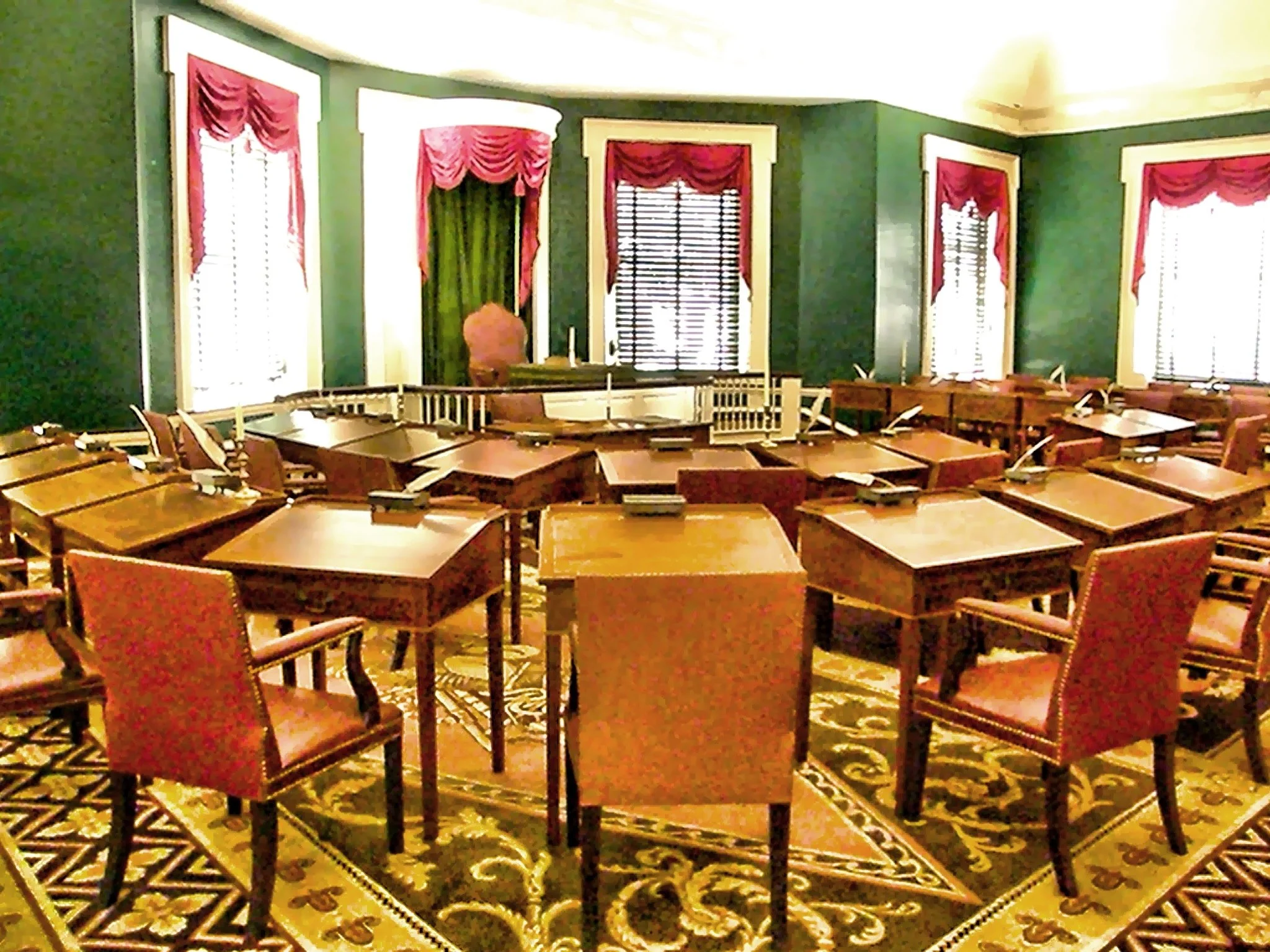
Inside Independence Hall

The Liberty Bell is an iconic symbol of American independence, and it is housed in the Liberty Bell Center in Independence National Historical Park. Independence National Historical Park is known as the most historic square mile in America.

Statue of Commodore John Barry commemorates the "Father of the US Navy".

The entrance to Chinatown

The Masonic Temple was completed and dedicated in 1873.
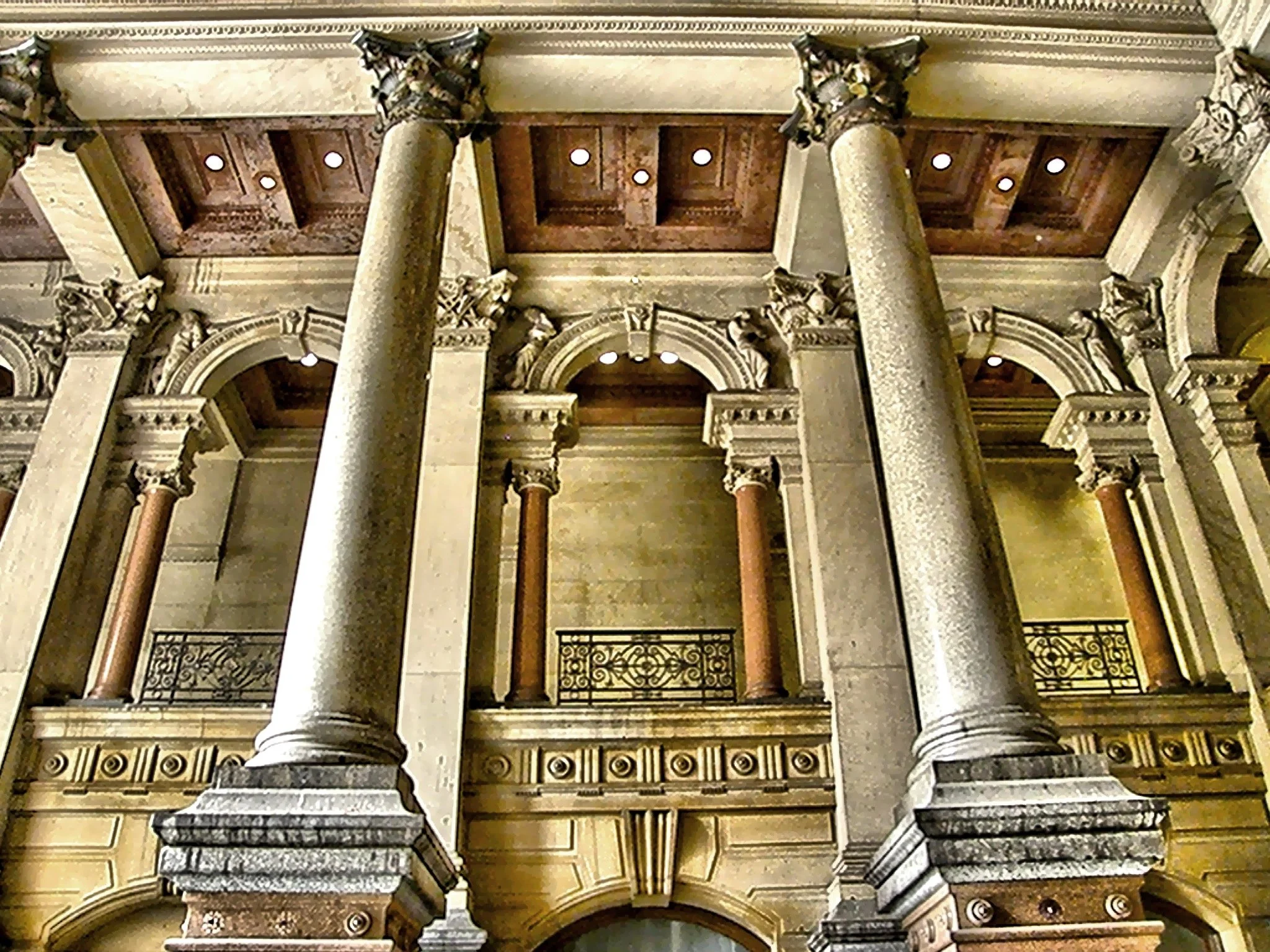
Inside City Hall Building
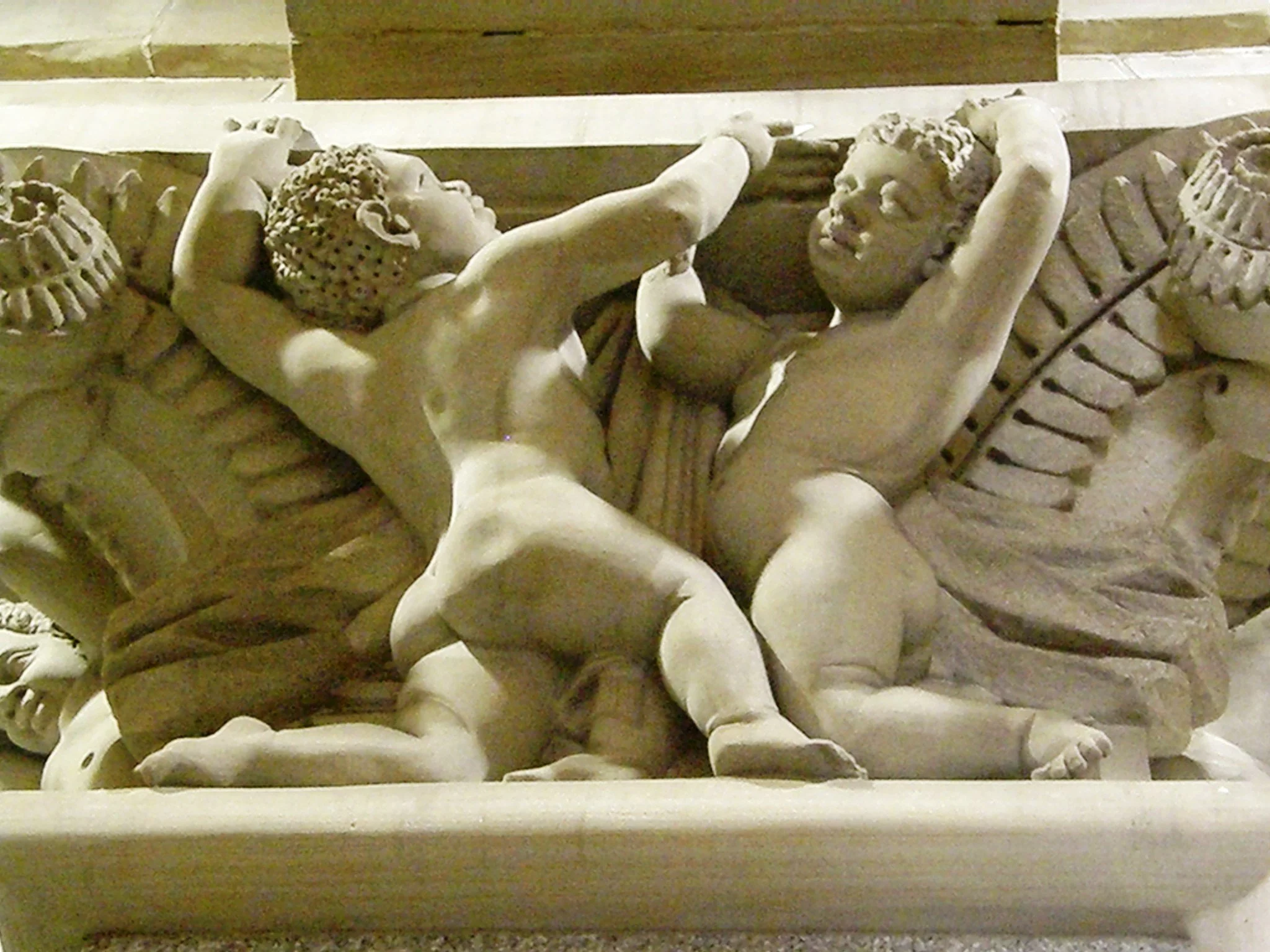
.
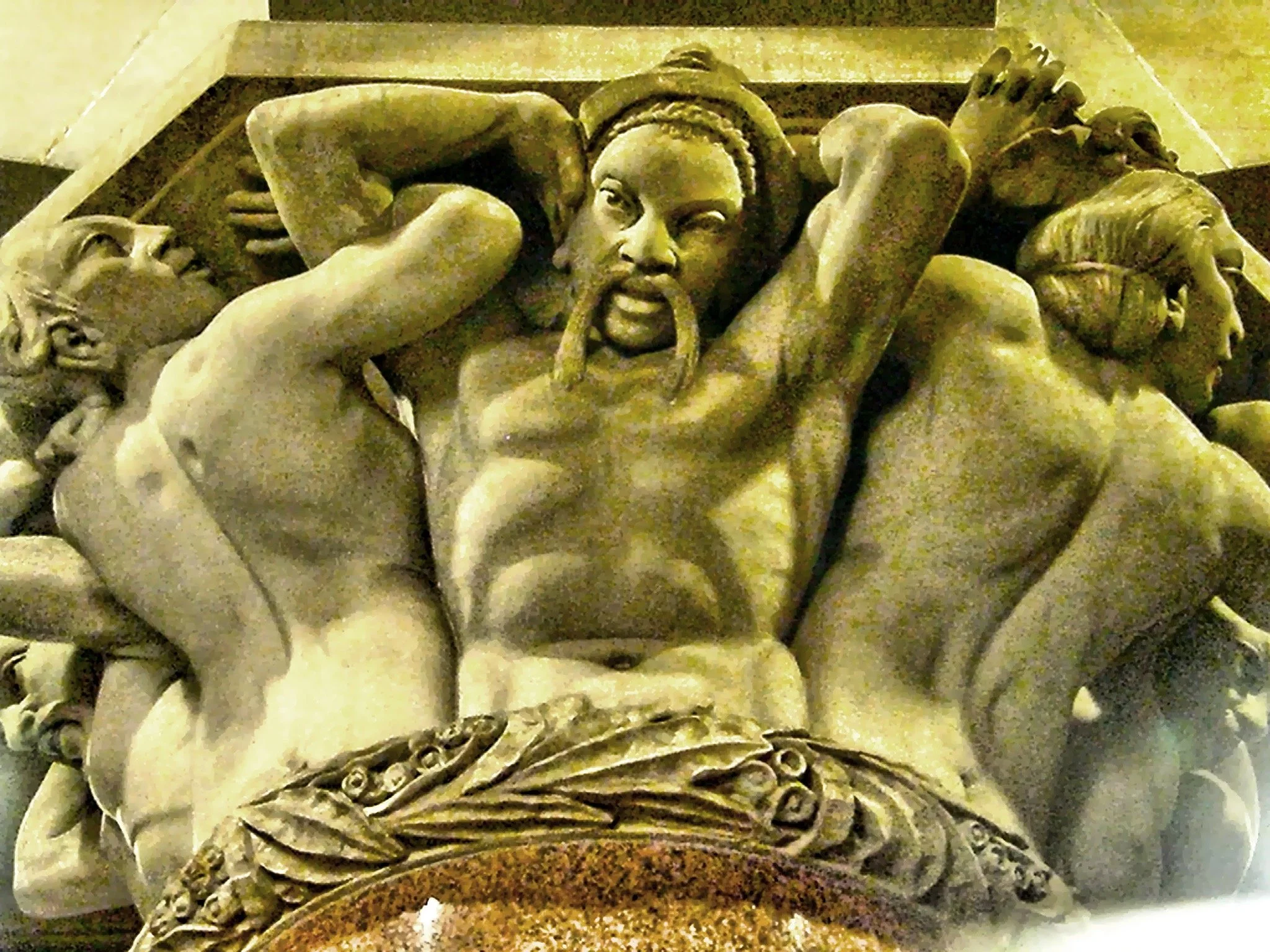
.

The famous LOVE sculpture in Love Park.

Philadelphia's neighborhoods each have their own unique architecture and character.
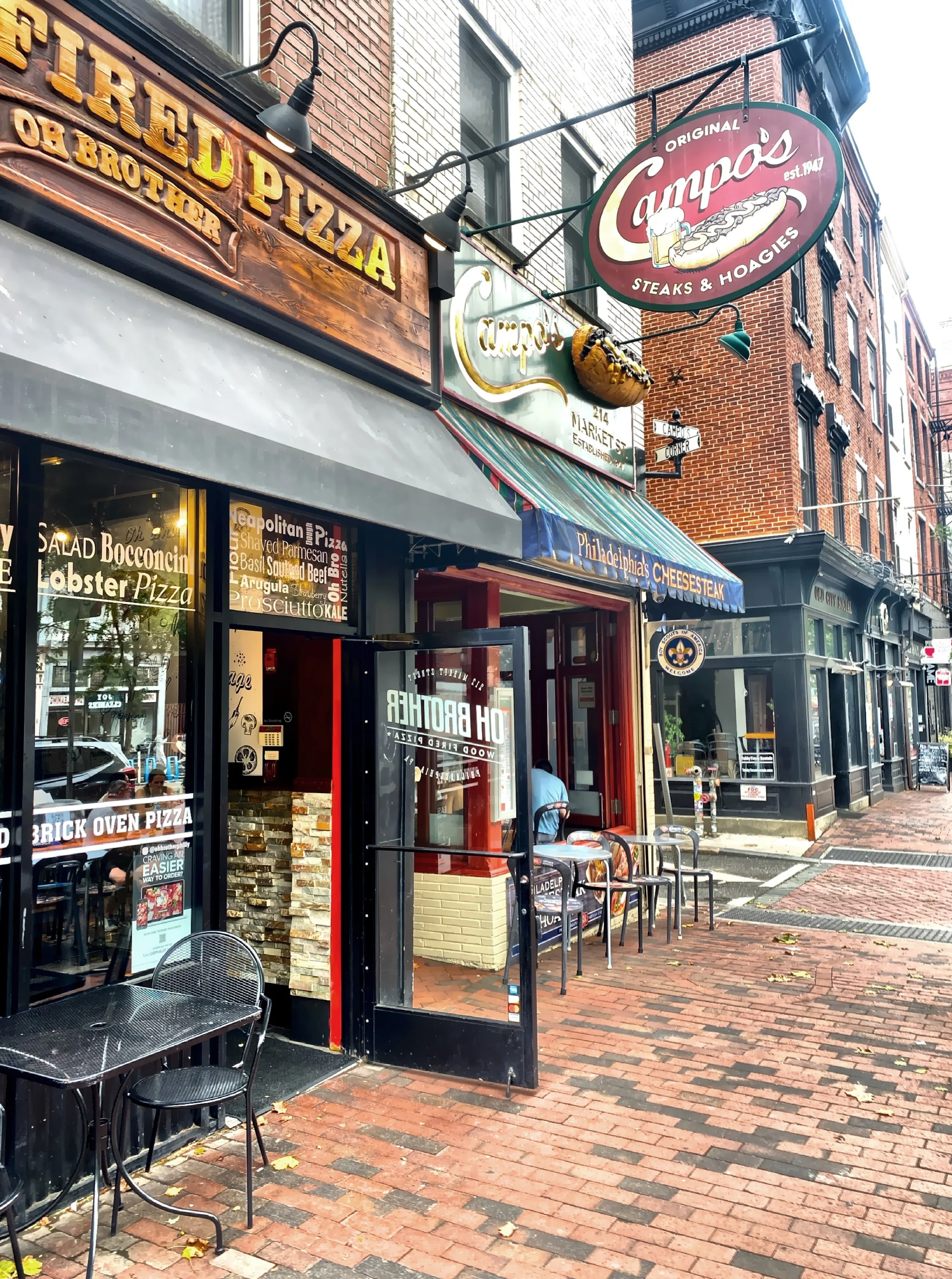
.
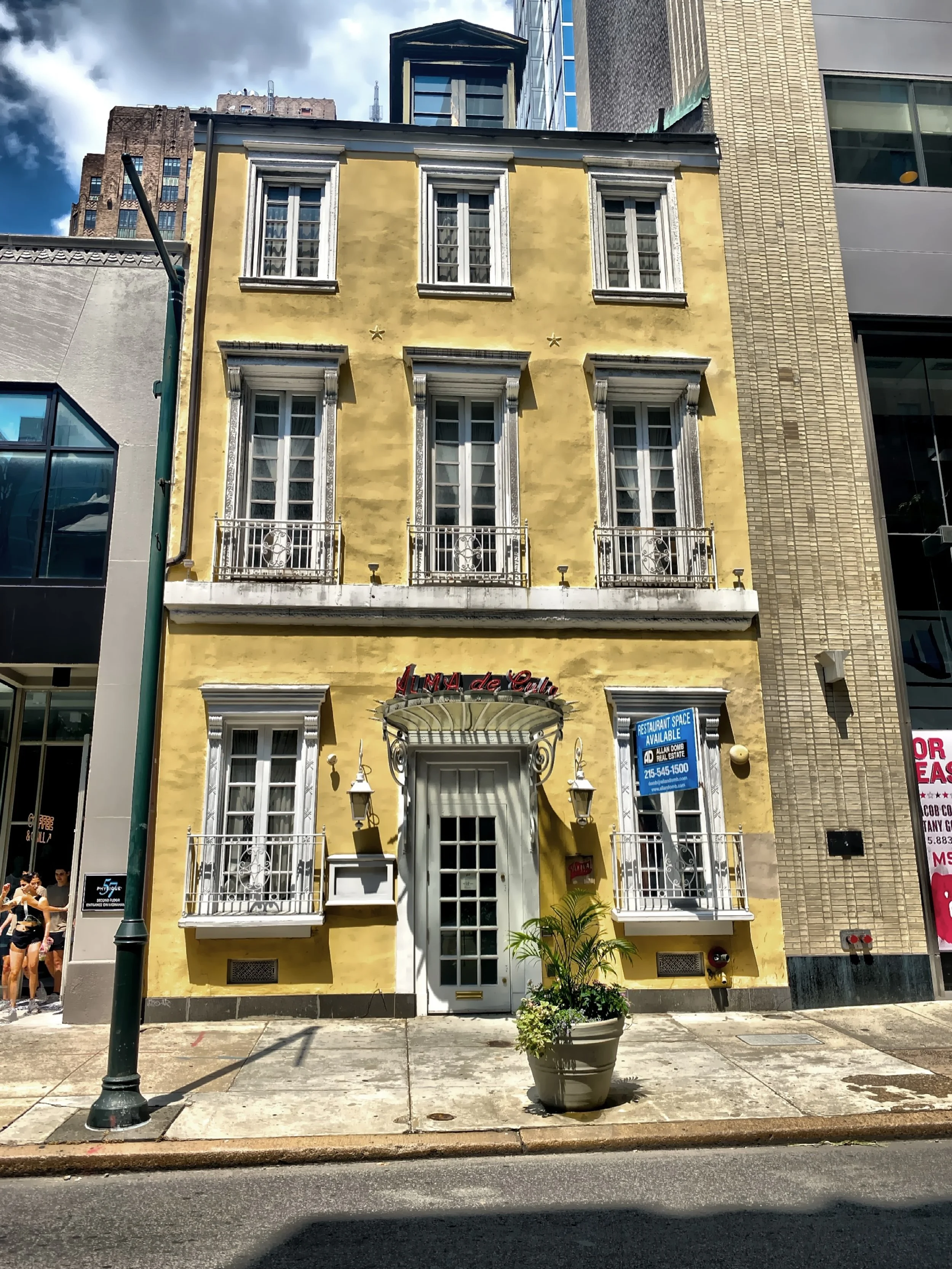
.
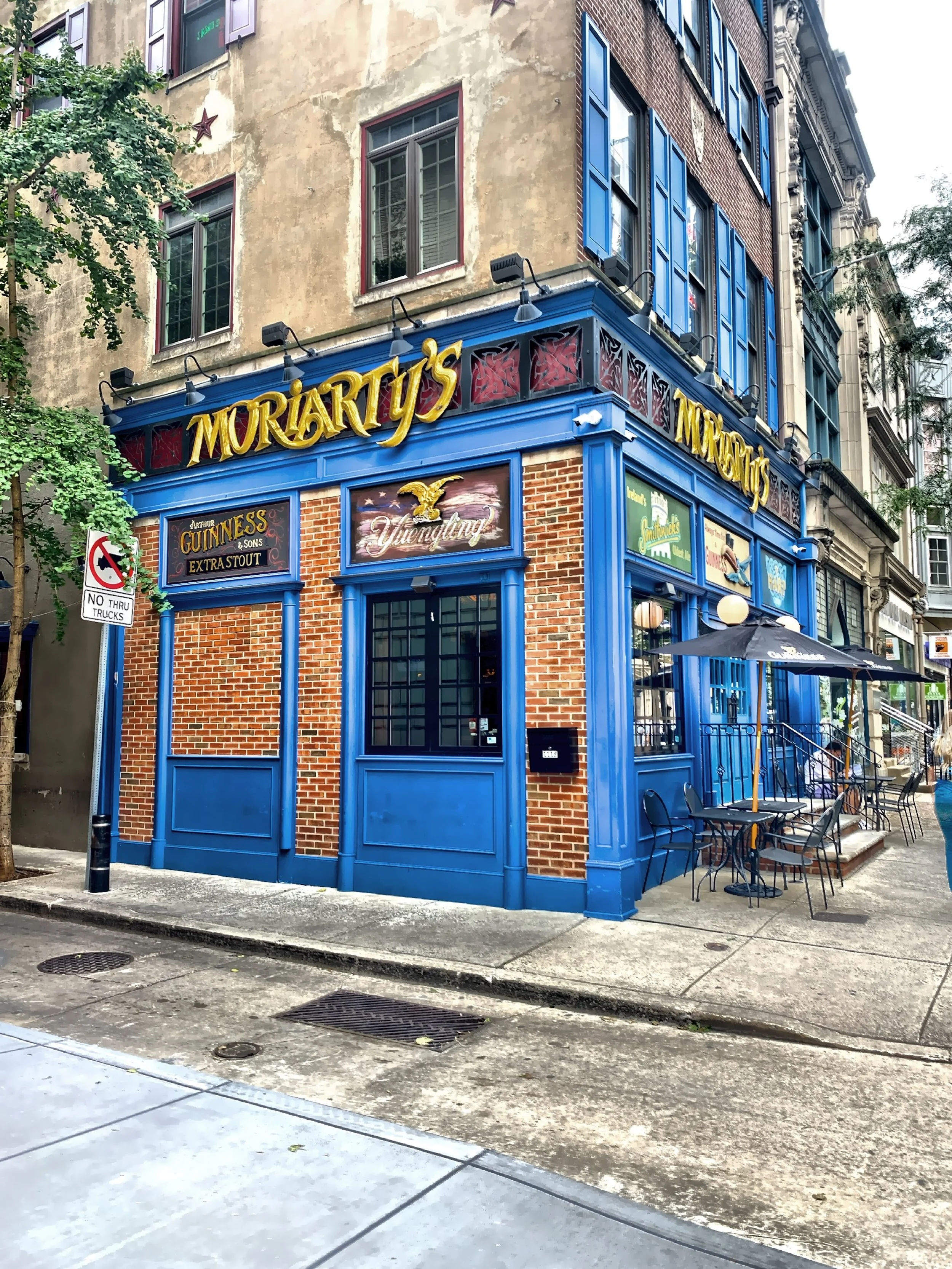
.
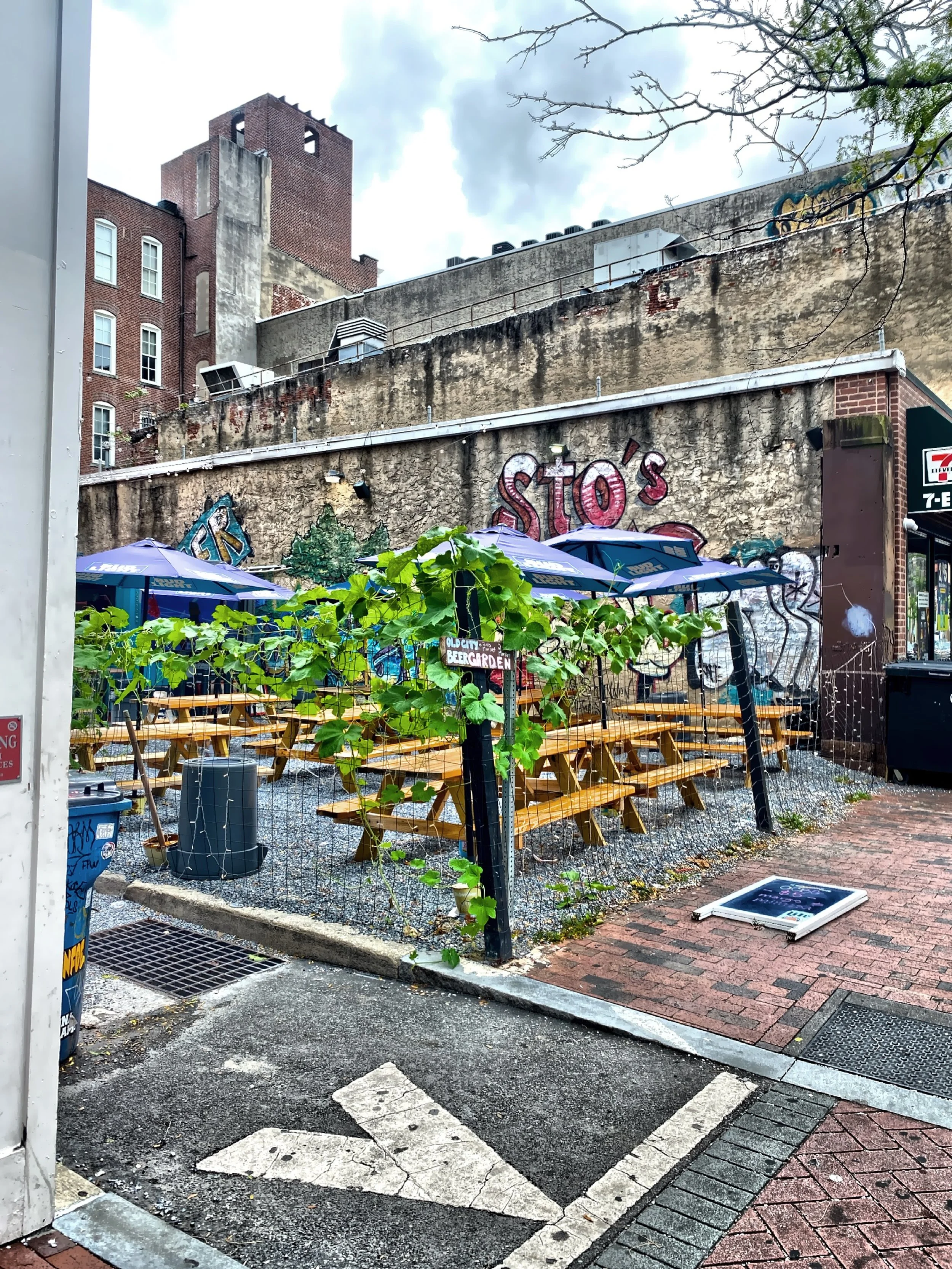
Old City Beer Garden

Food vendor trailer
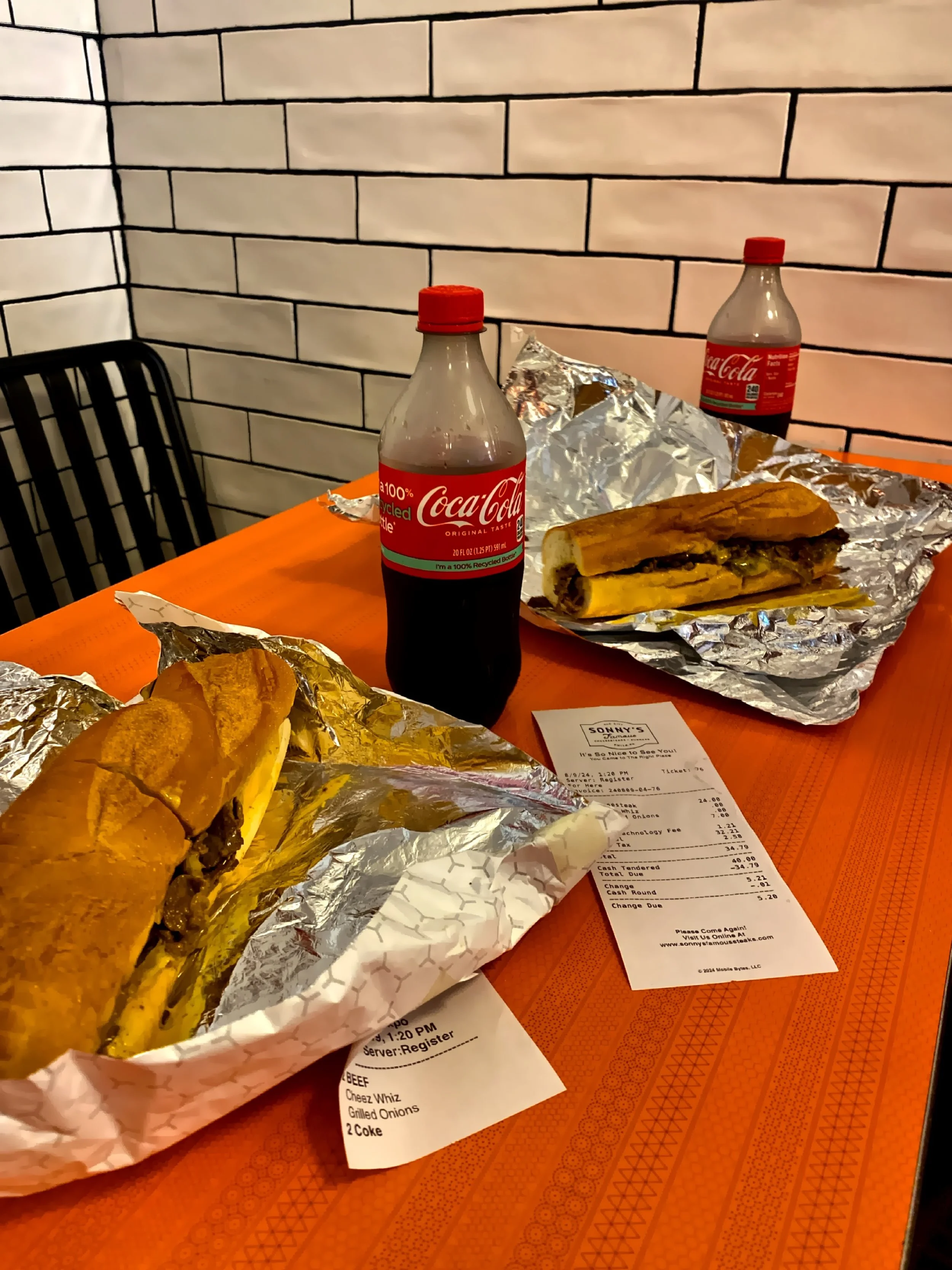
Philadelphia is famous for its cheesesteaks, a sandwich made with thinly sliced beef, melted cheese, and typically served in a hoagie roll.
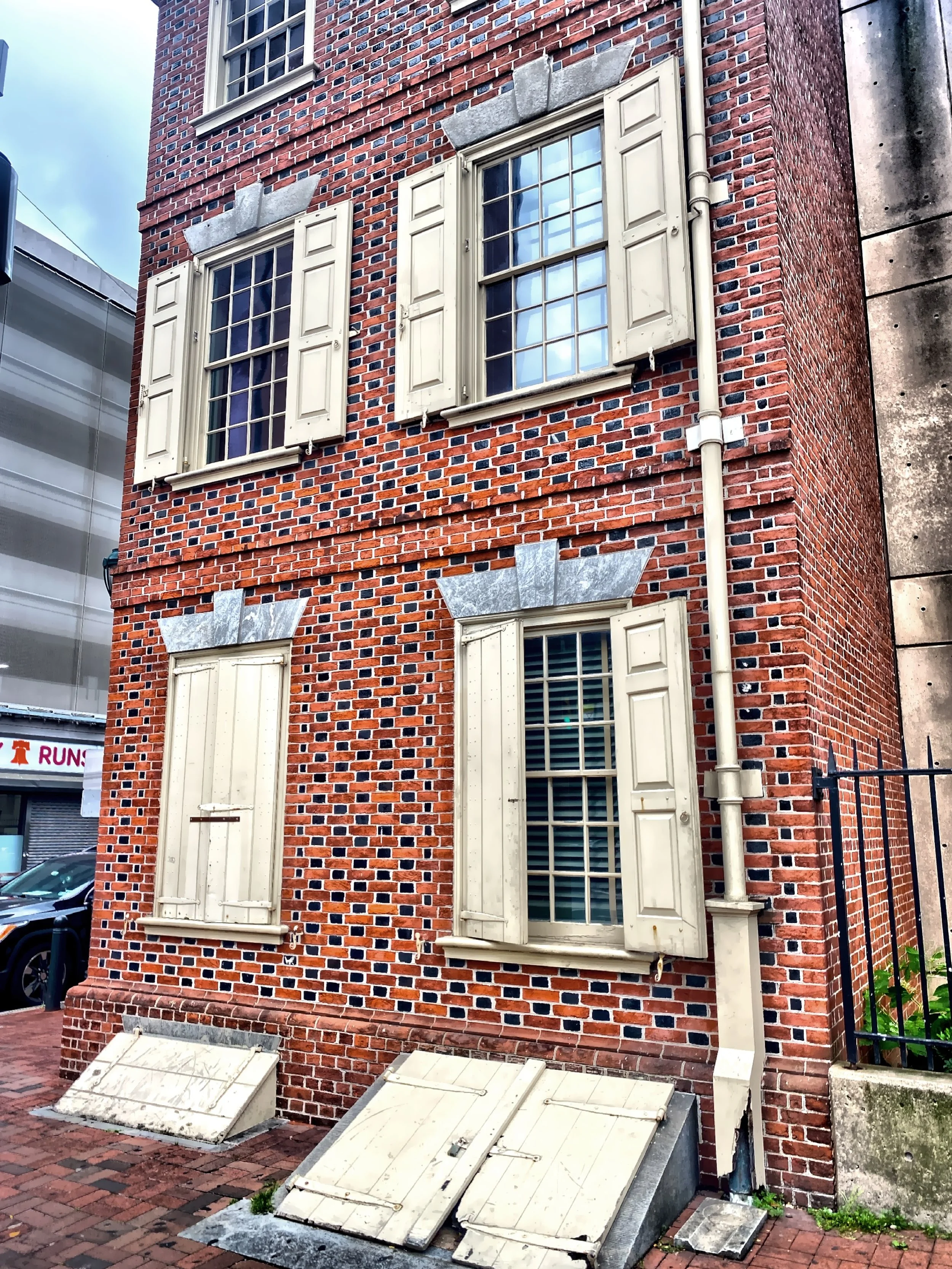
The original house where Thomas Jefferson resided while drafting the Declaration of Independence was demolished in 1883. This is a reconstruction created in 1975 by the National Parks Service.

The Lit Brothers building was built to house a millinery shop founded by Rachel Lit Wedell in 1890. In 1893, Rachel’s brothers Samuel and Jacob Lit, joined Rachel and built a new store with the tag line “A Great Store in a Great City."
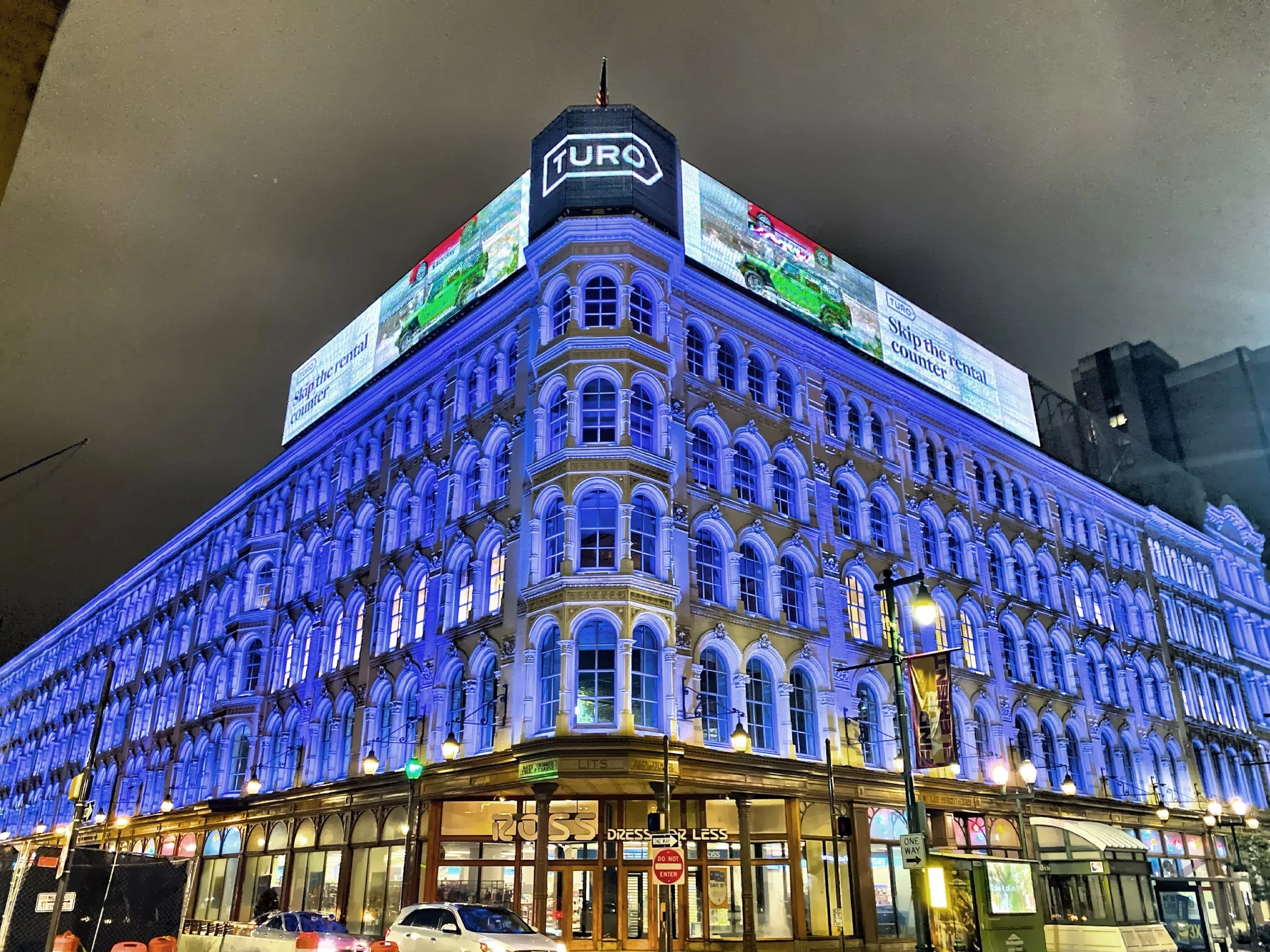
.

This is a 'ghost structure' of Ben Franklin's house. There was not enough information available to reconstruct it.
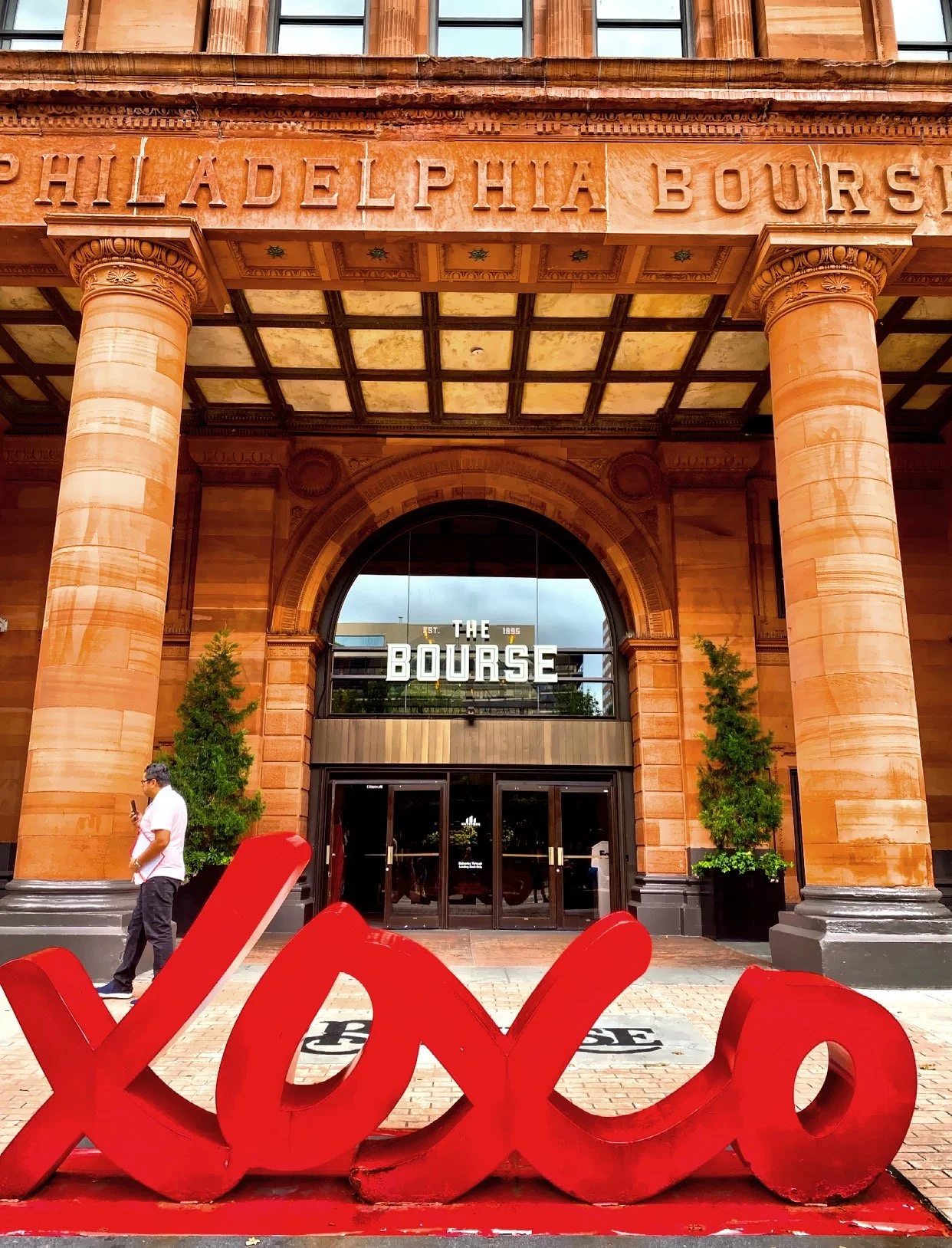
The Bourse was once home to the nation’s first commodities exchange market, the 125-year-old building is restored to its original glory and lives on as the home of a diverse food hall.
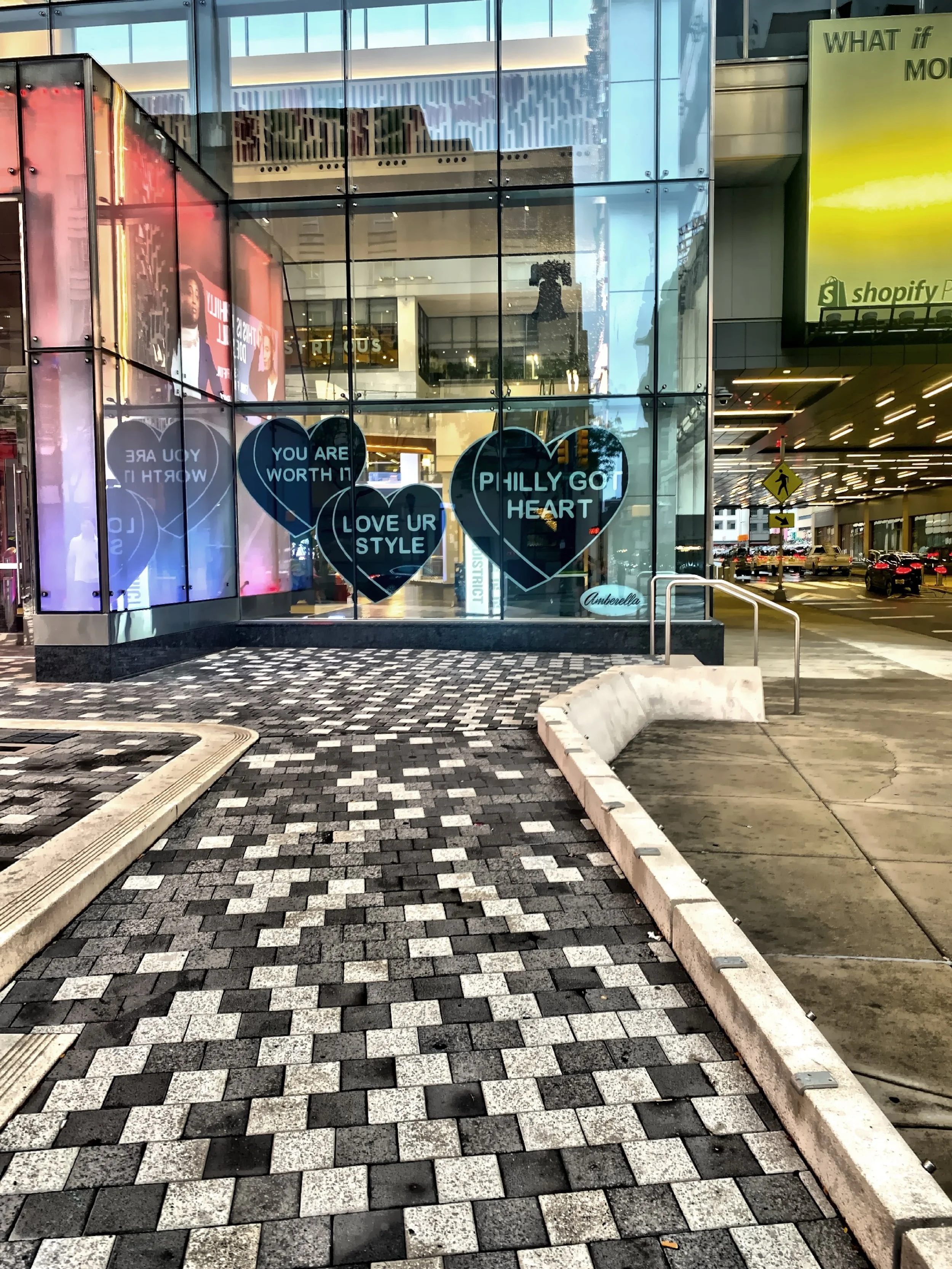
.

Reading Terminal is one of the nation's oldest and largest public markets, first opened in 1893.
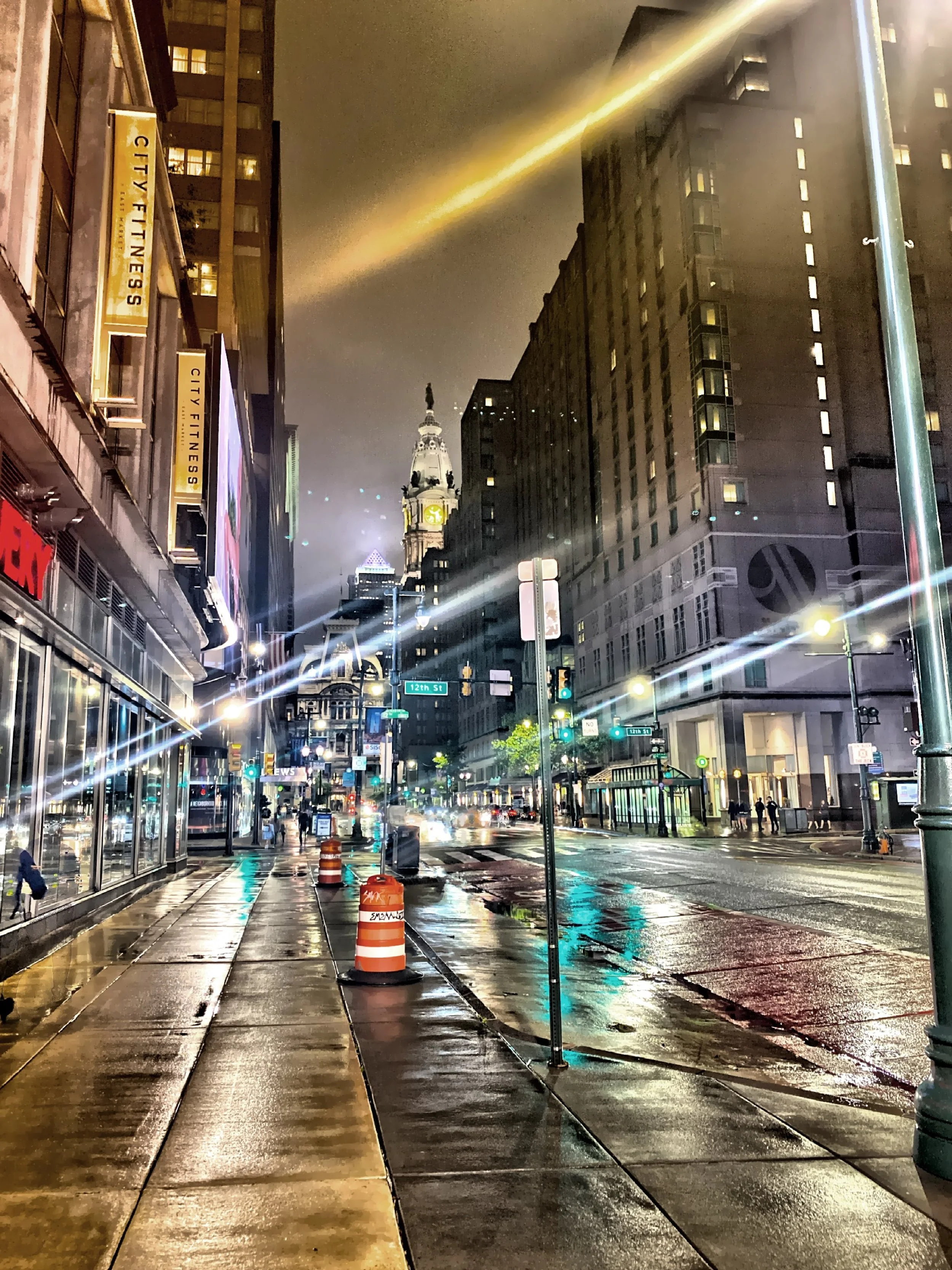
Nightview
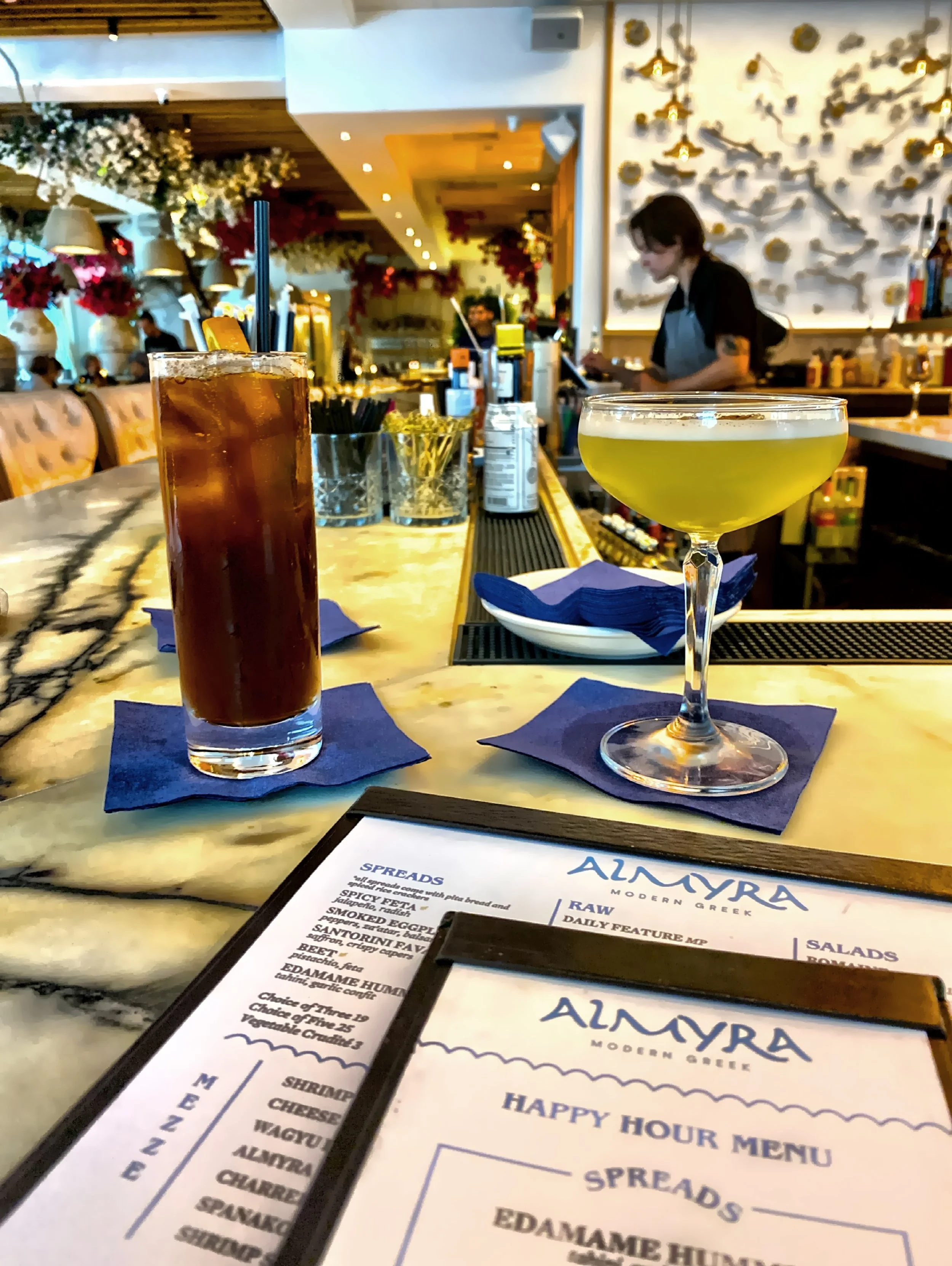
There is alway time for a cocktail (or two).
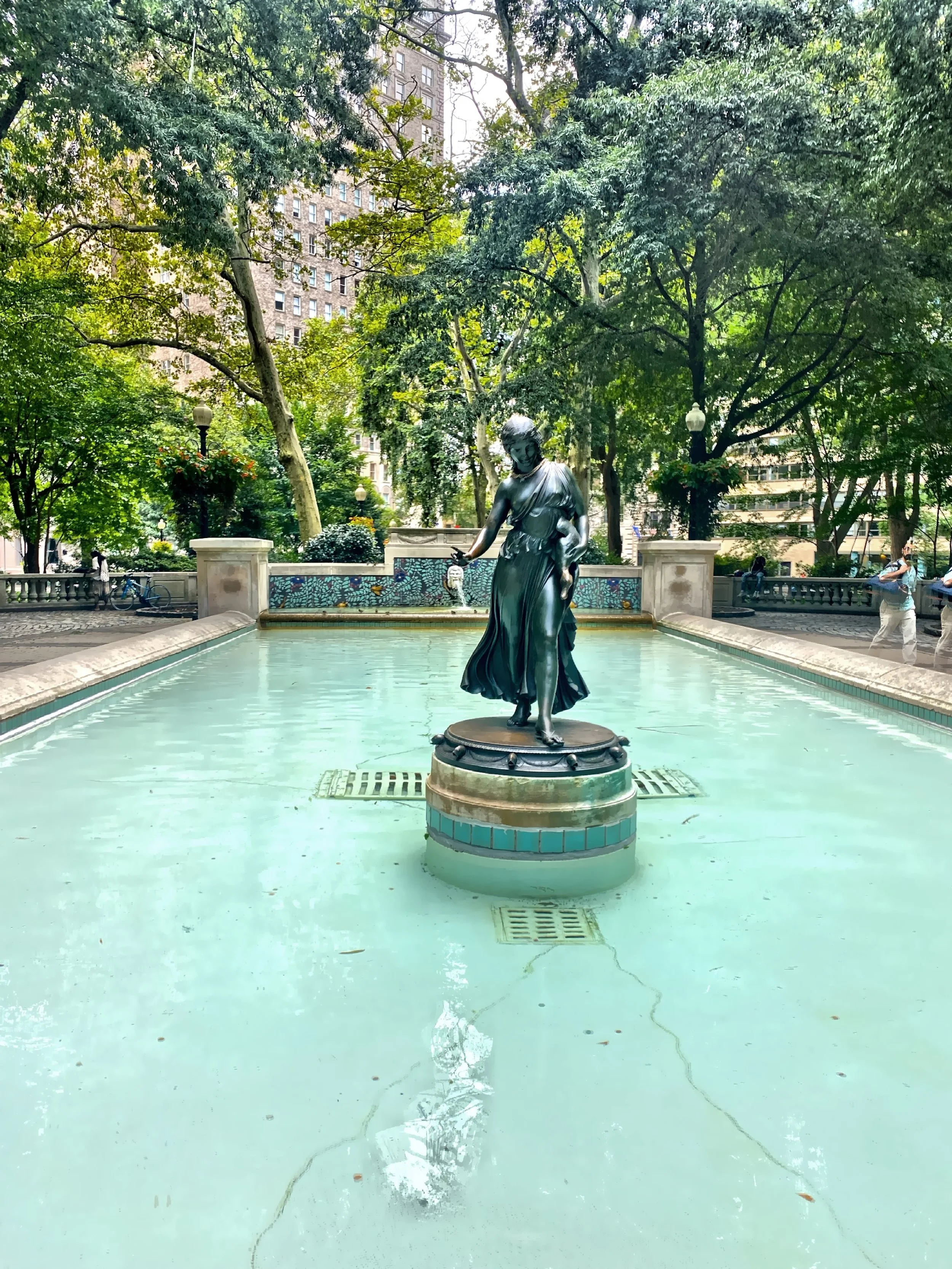
A fountain in Rittenhouse Square Park, a public park and is one of the five original open-space parks planned by William Penn and Thomas Holme during the late 17th century.
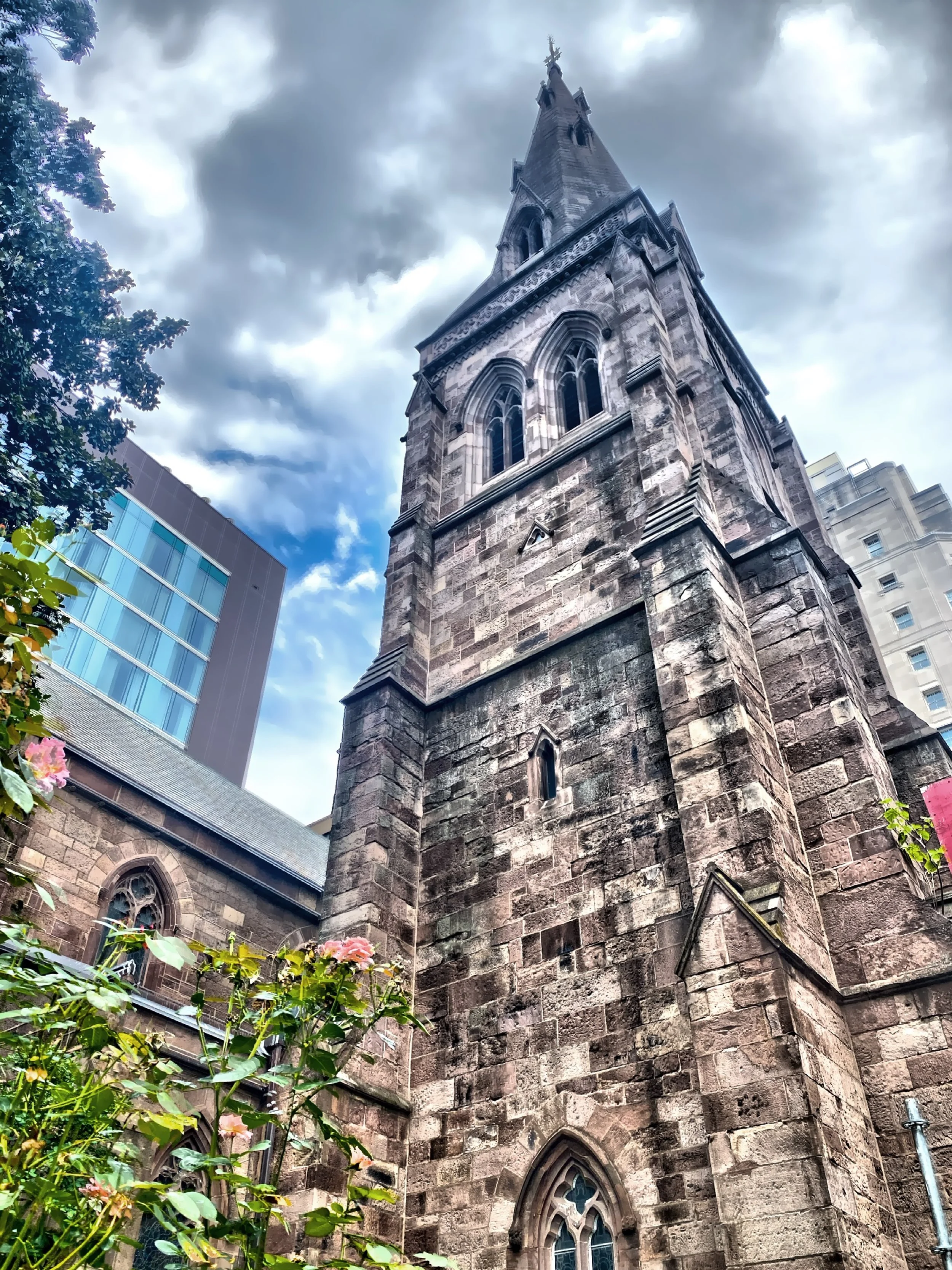
.
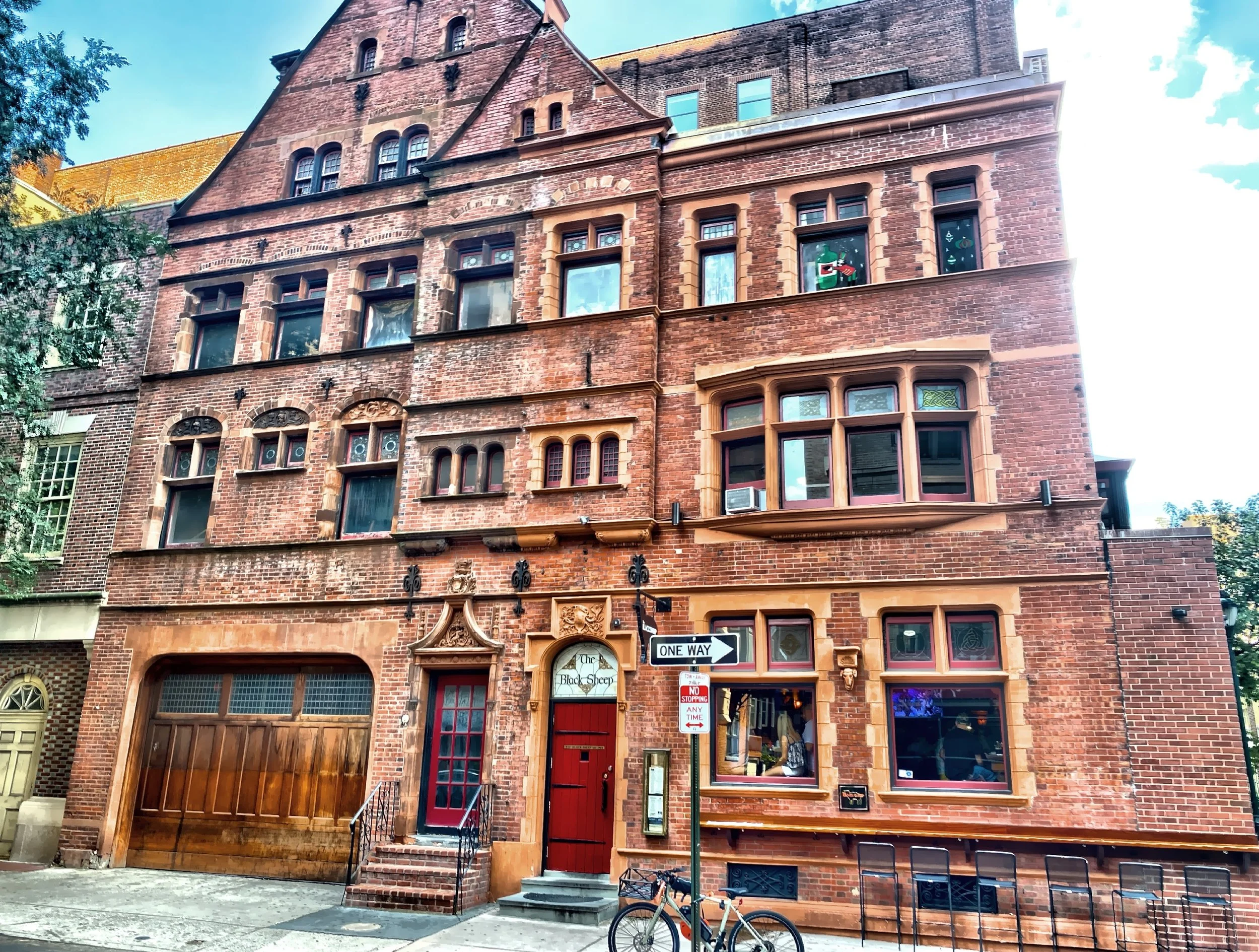
This building, now housing the Black Sheep Pub, has a interesting history that includes an orphanage and a gay western bar popular with an S&M crowd.
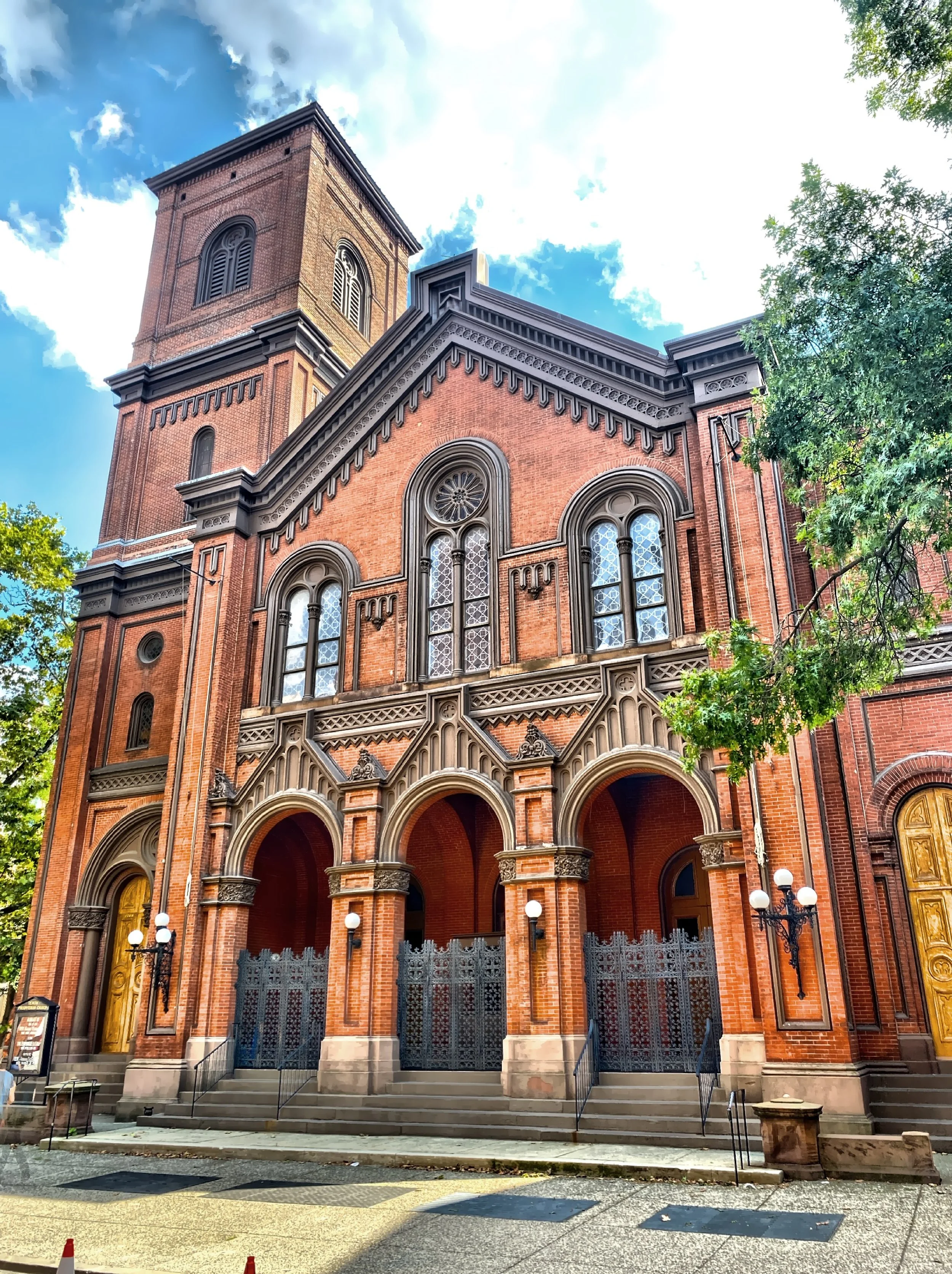
In 1856, when it was built, the Tenth Presbyterian Church was the tallest structure in the city.

This is the multi-floored British pub-inspired Dandelion is known for its unique cuisine and décor,
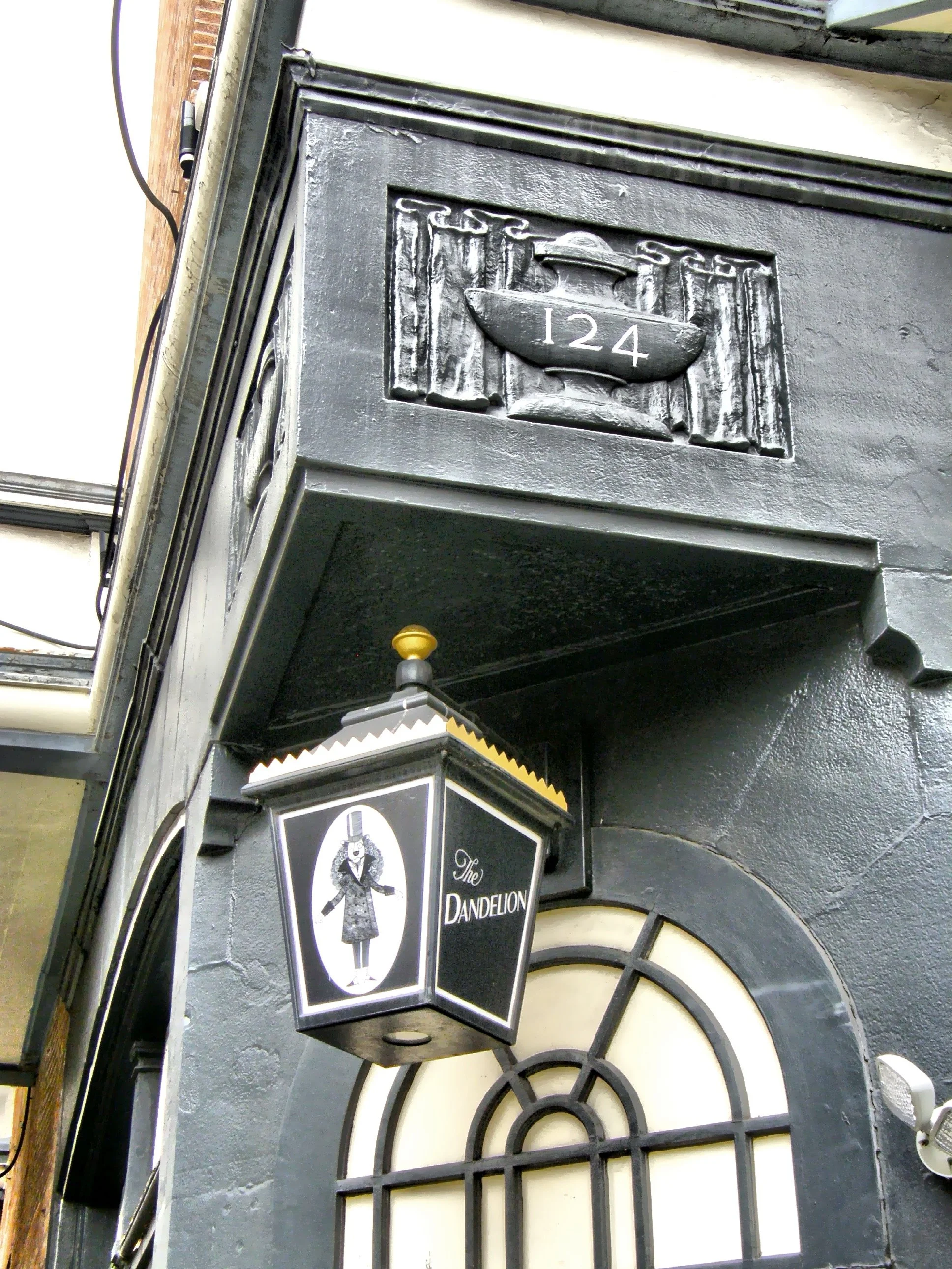
.

Inside The Dandelion
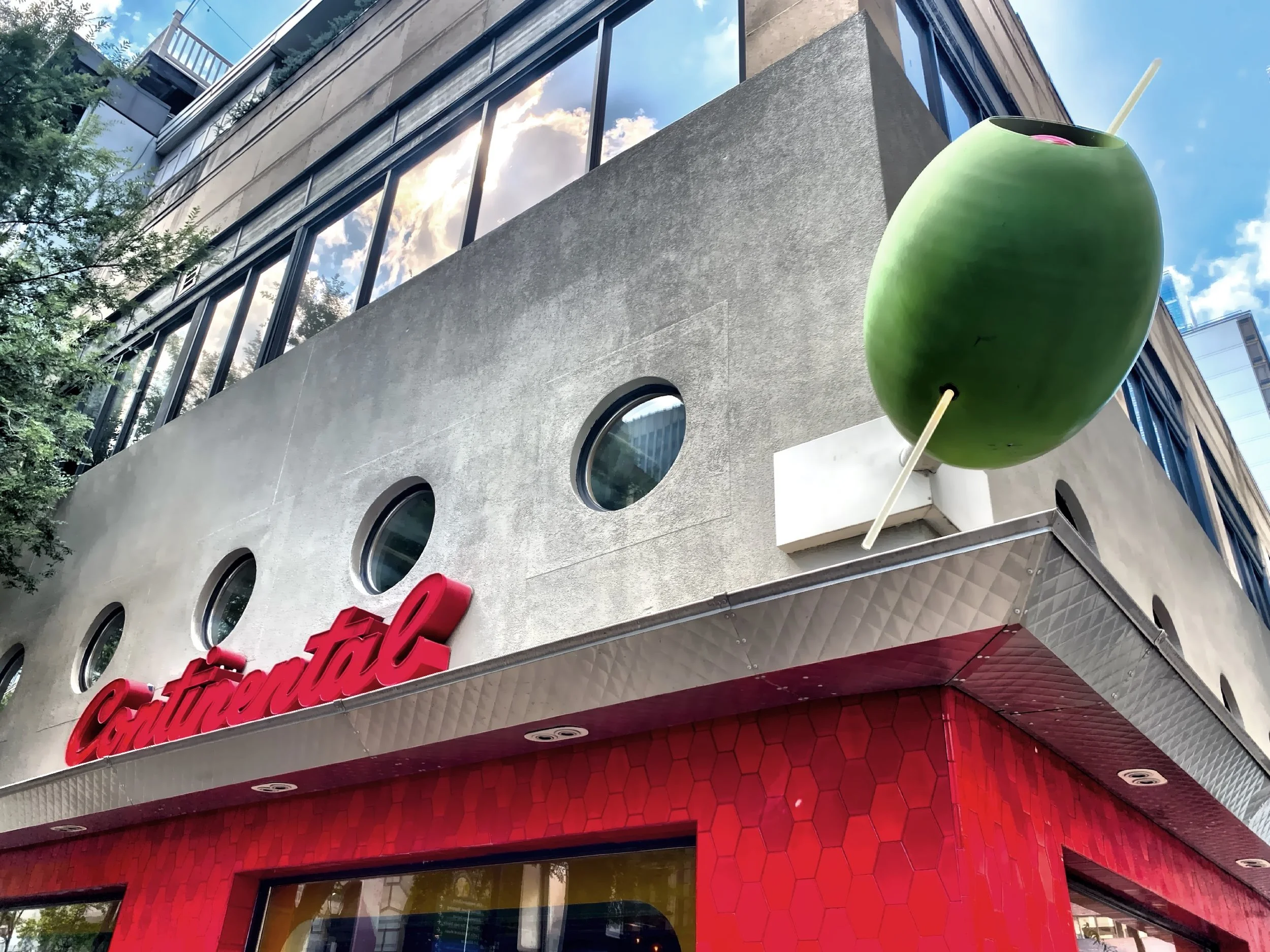
The Continental Mid-town

The Witherspoon Building was designed by Joseph M. Huston, and built in 1896.

The Walnut Street Theater first opened in 1809. Some of the past performers included the Barrymores, George M. Cohan, Will Rogers, The Marx Brothers, Helen Hayes, Marlon Brando, Katherine and Audrey Hepburn.

.
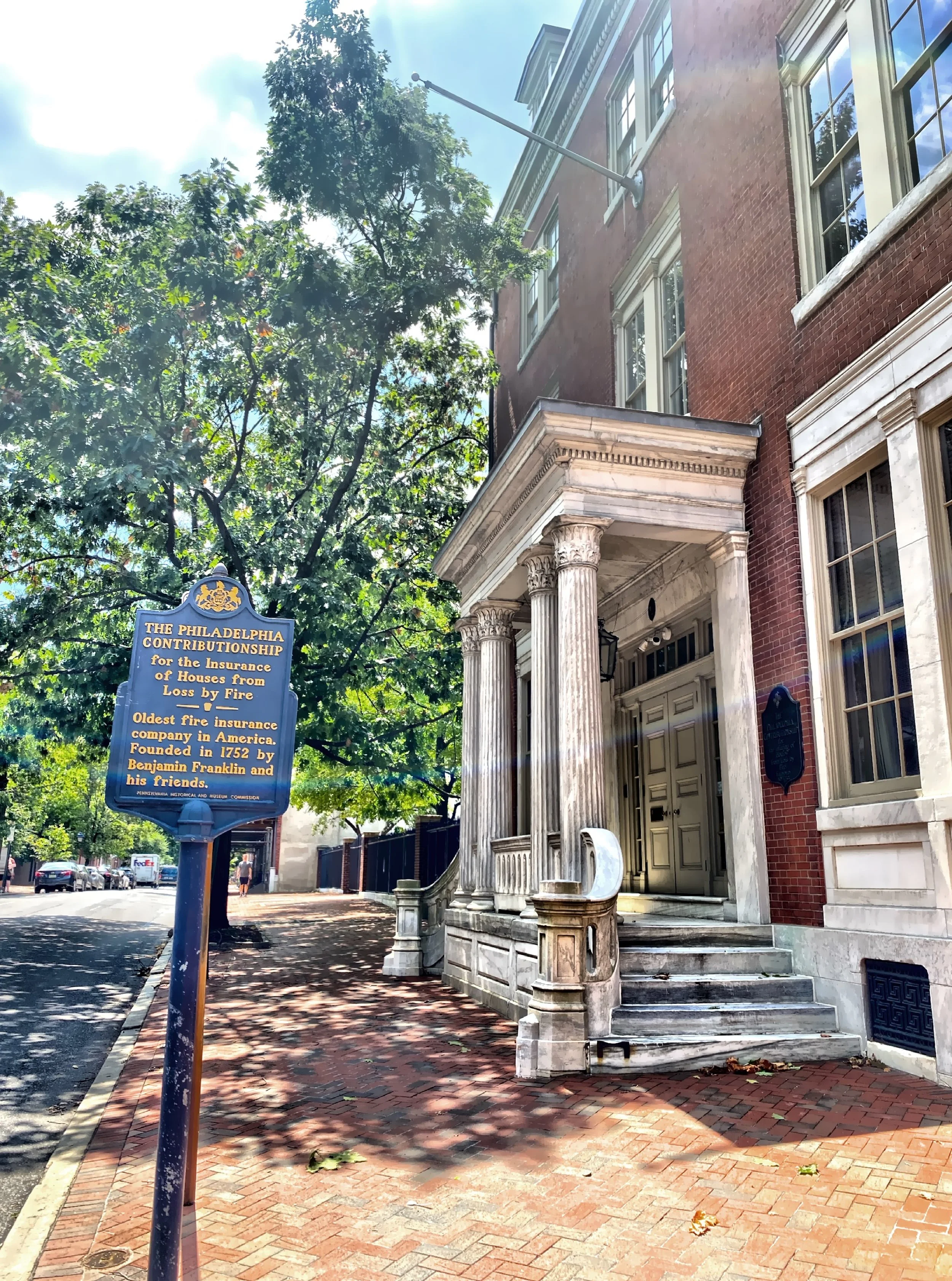
The Philadelphia Contributionship is the oldest fire insurance company in America, founded in 1752.
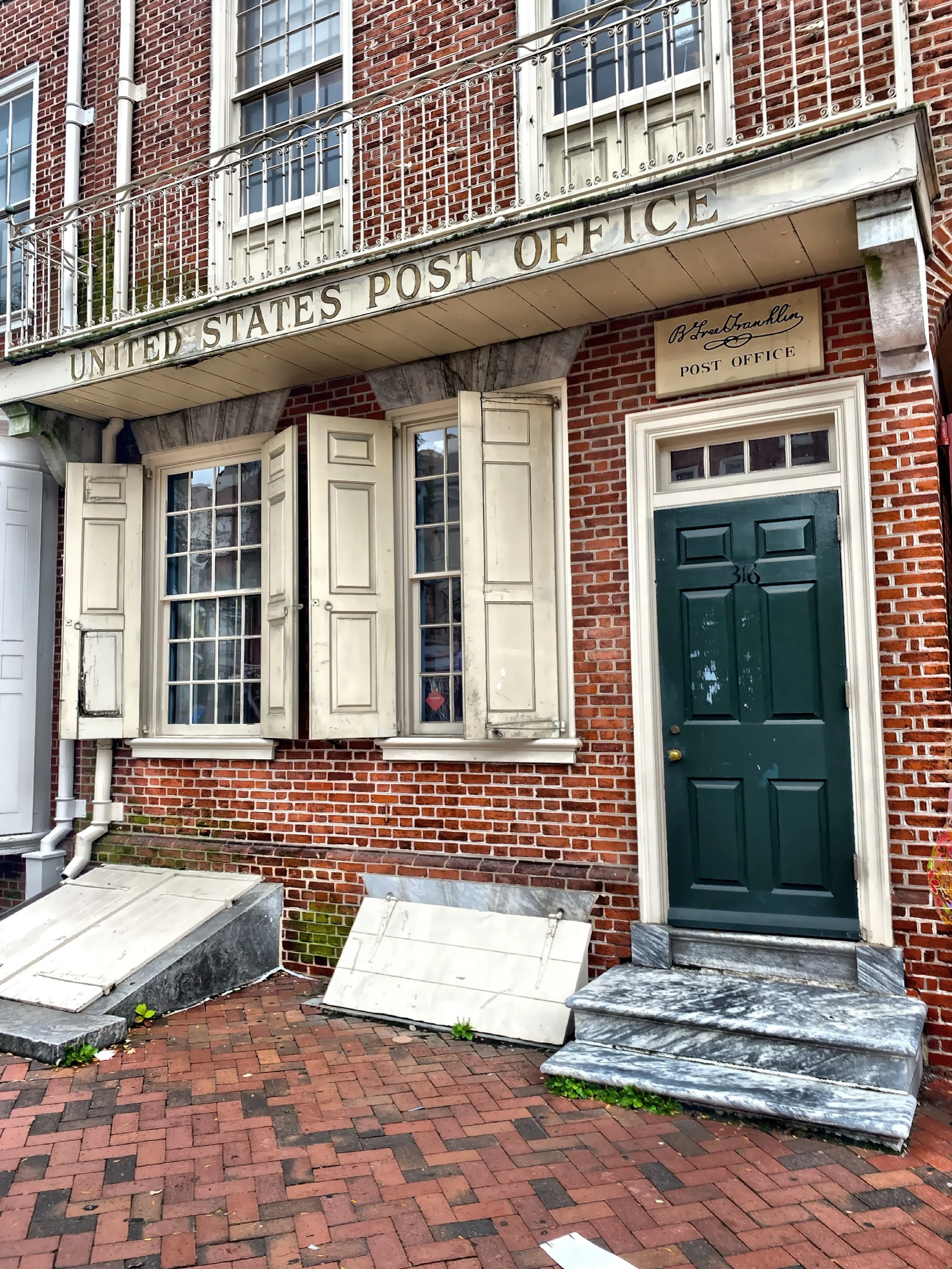
B Free Franklin Post Office
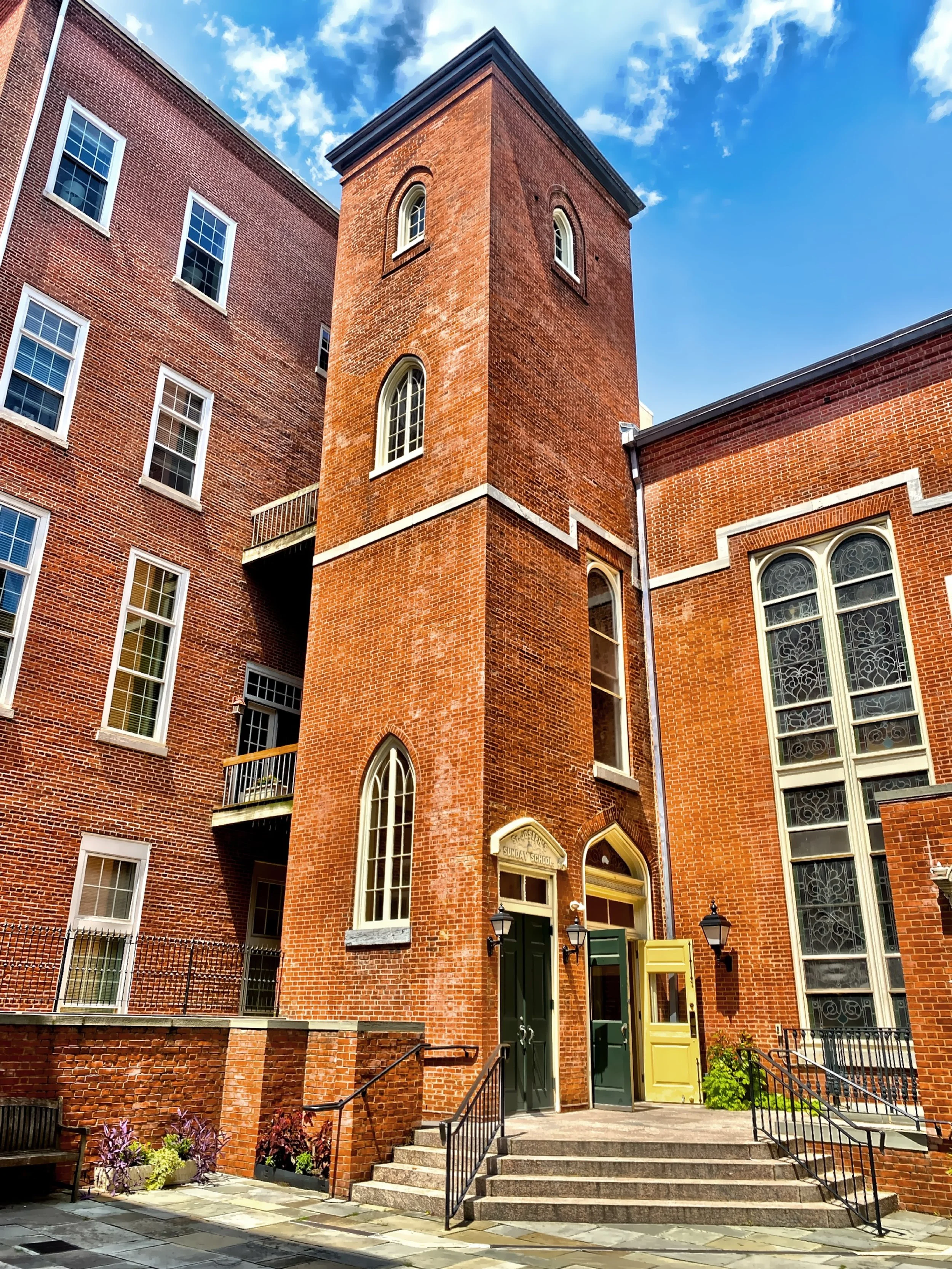
The colonial-style Old St Joseph's Church on Willings Alley, deliberately took on an unassuming look in order to avoid attracting anti-Catholic sentiments.
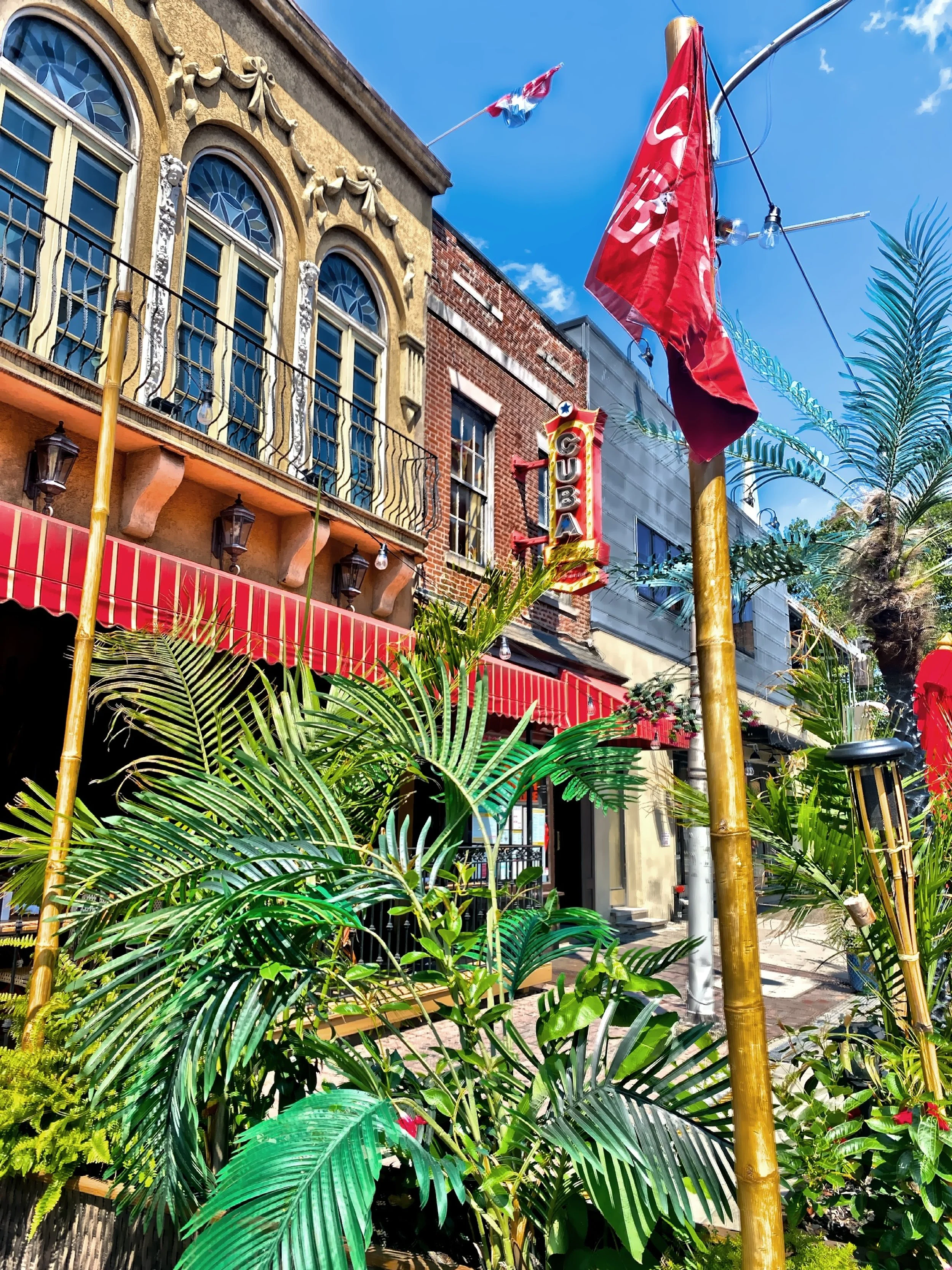
.
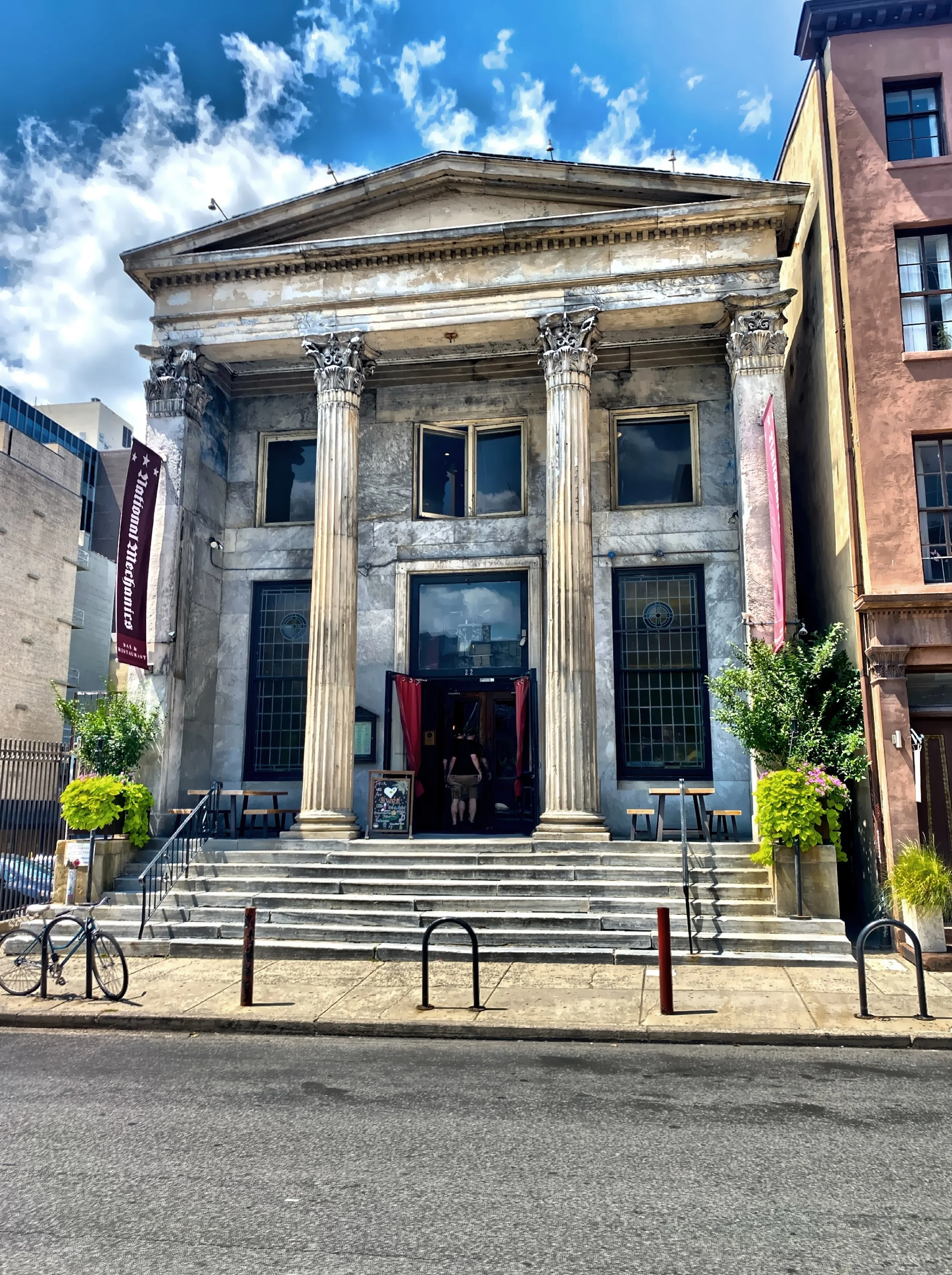
The Mechanics National Bank was built in 1838 and is now a bar and restaurant.
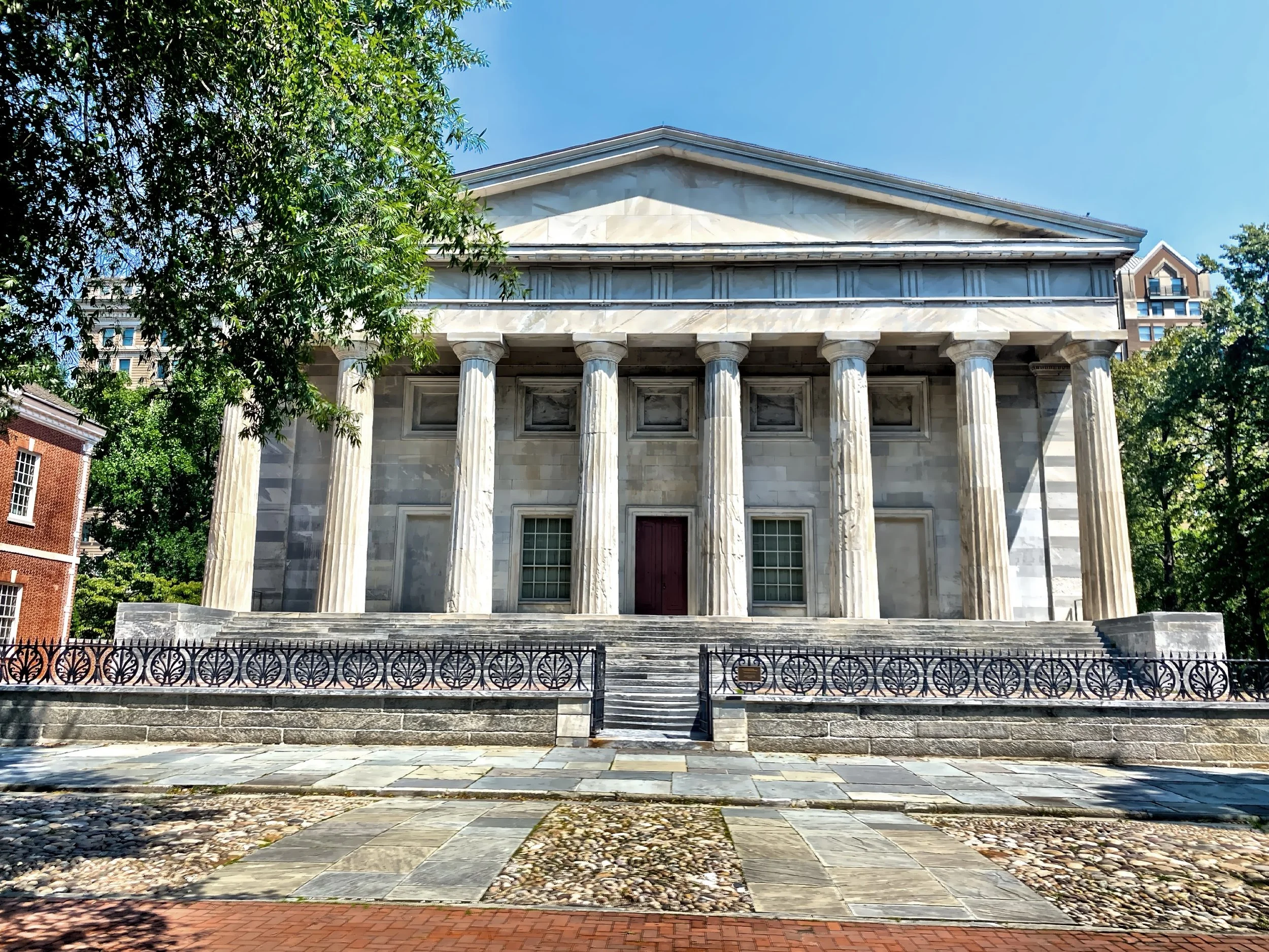
.
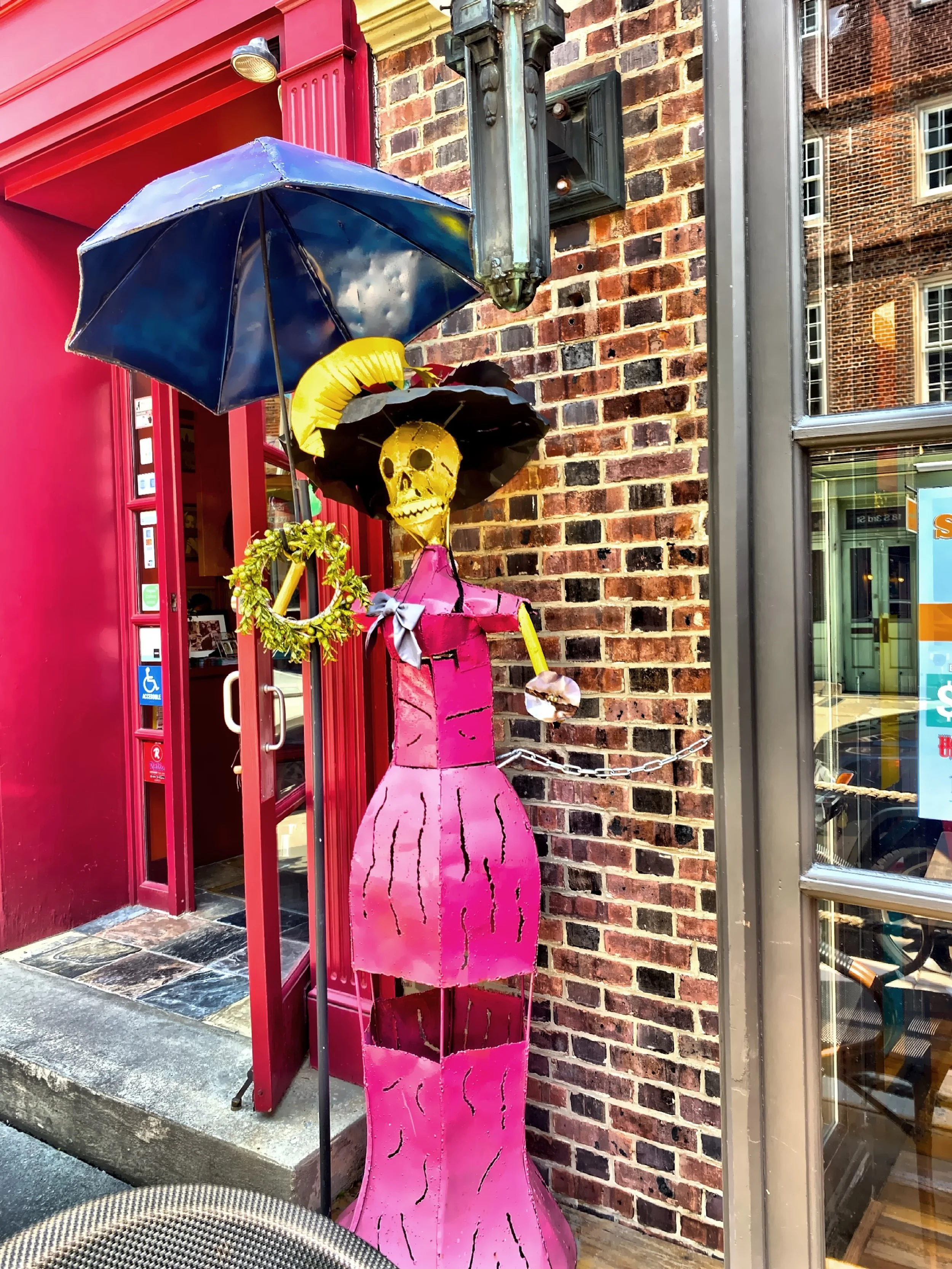
.
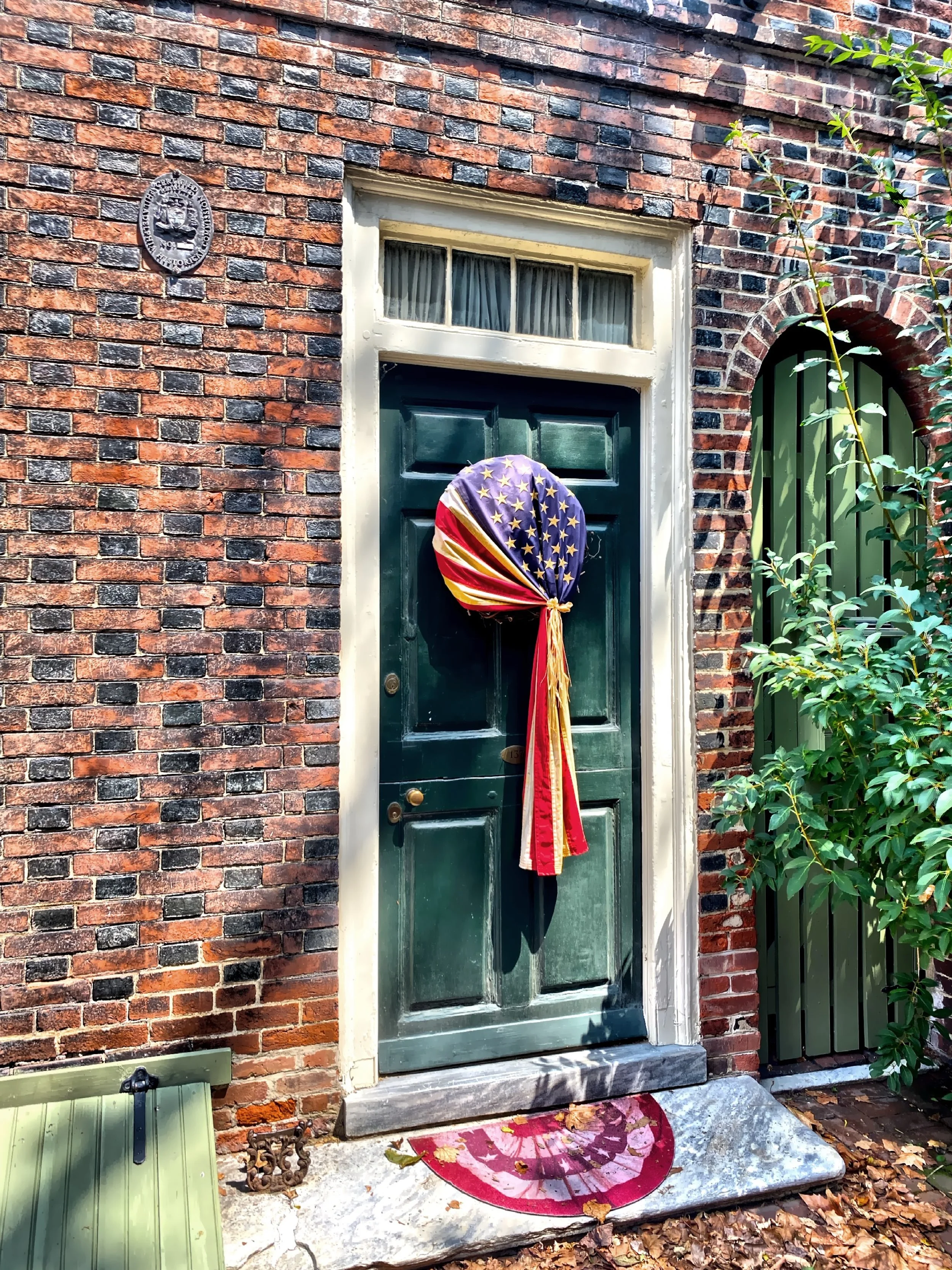
A decorated door on Elfreth's Alley, the United States' oldest continuously inhabited residential street.
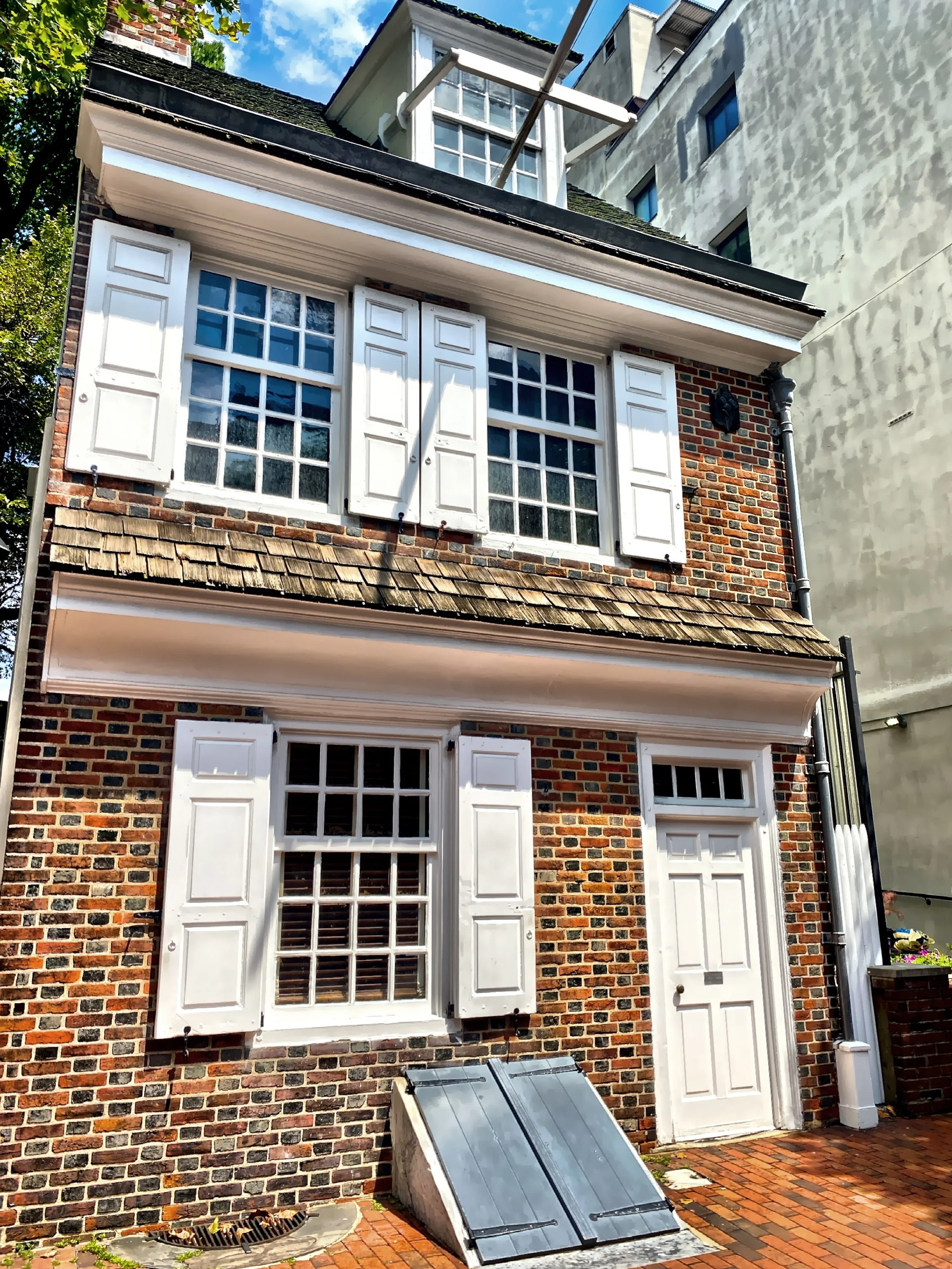
Named for blacksmith and property owner Jeremiah Elfreth, Elfreth's Alley was home to the eighteenth-century artisans and tradespeople who were the backbone of Colonial Philadelphia.
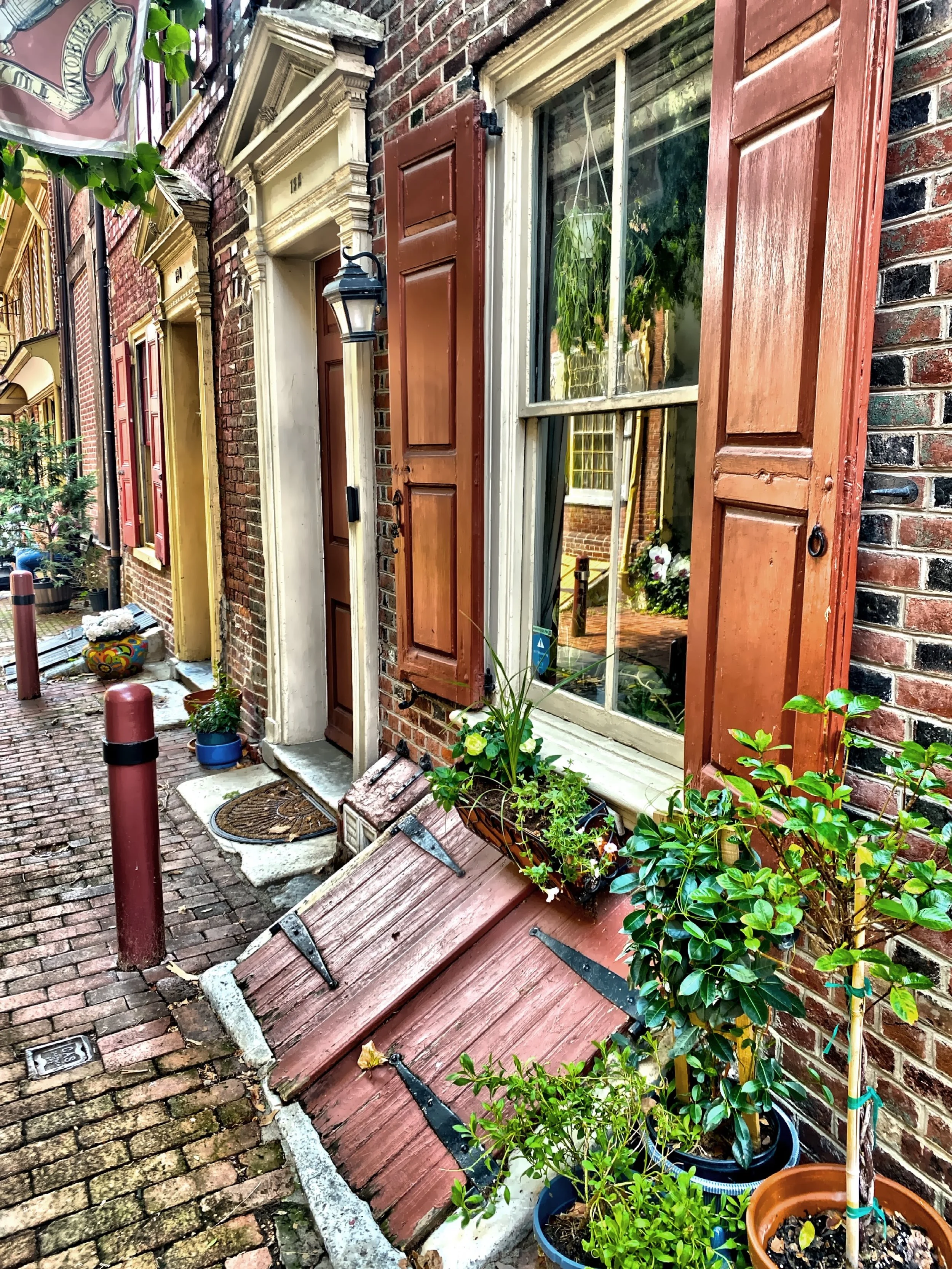
.
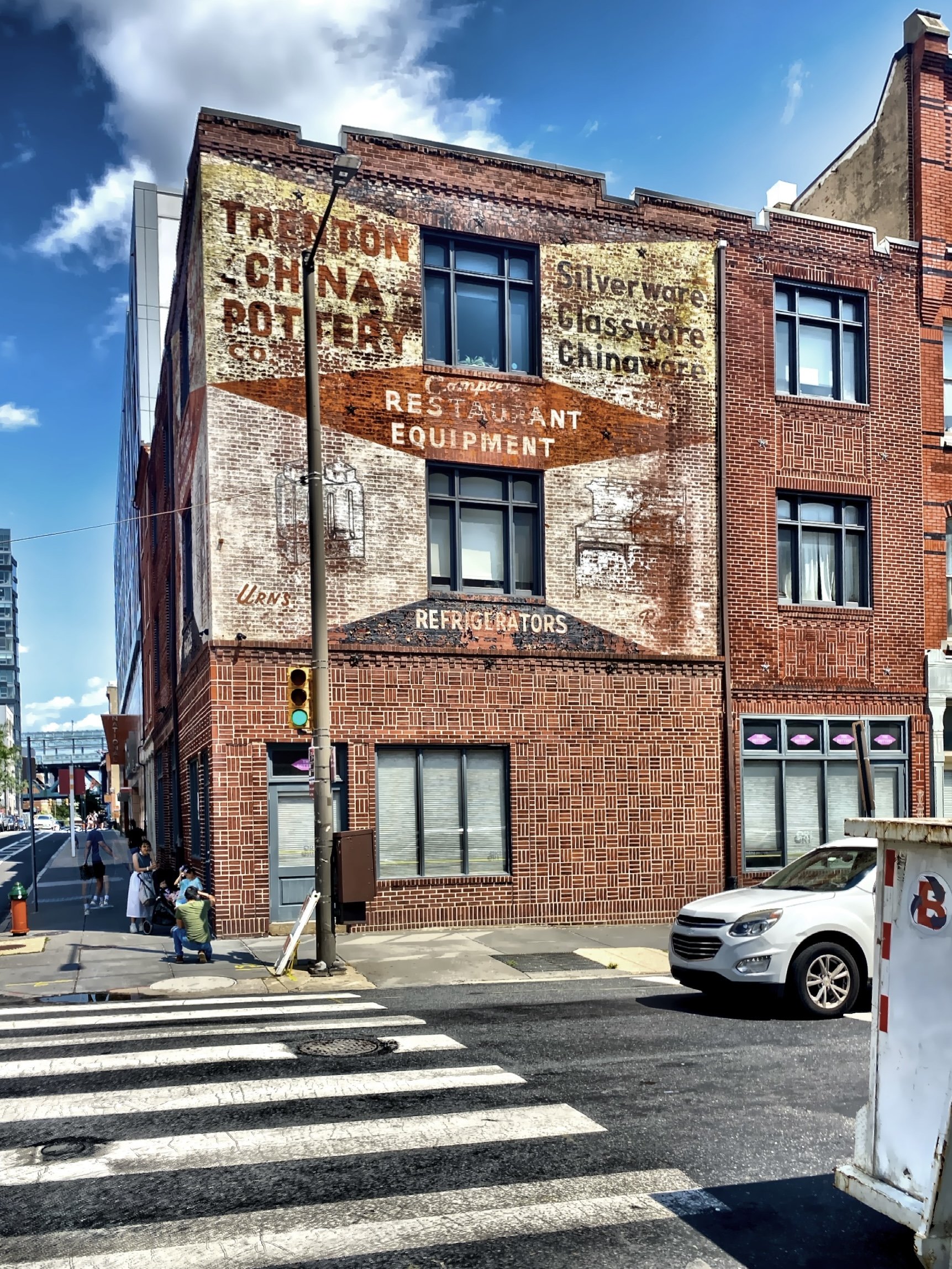
.
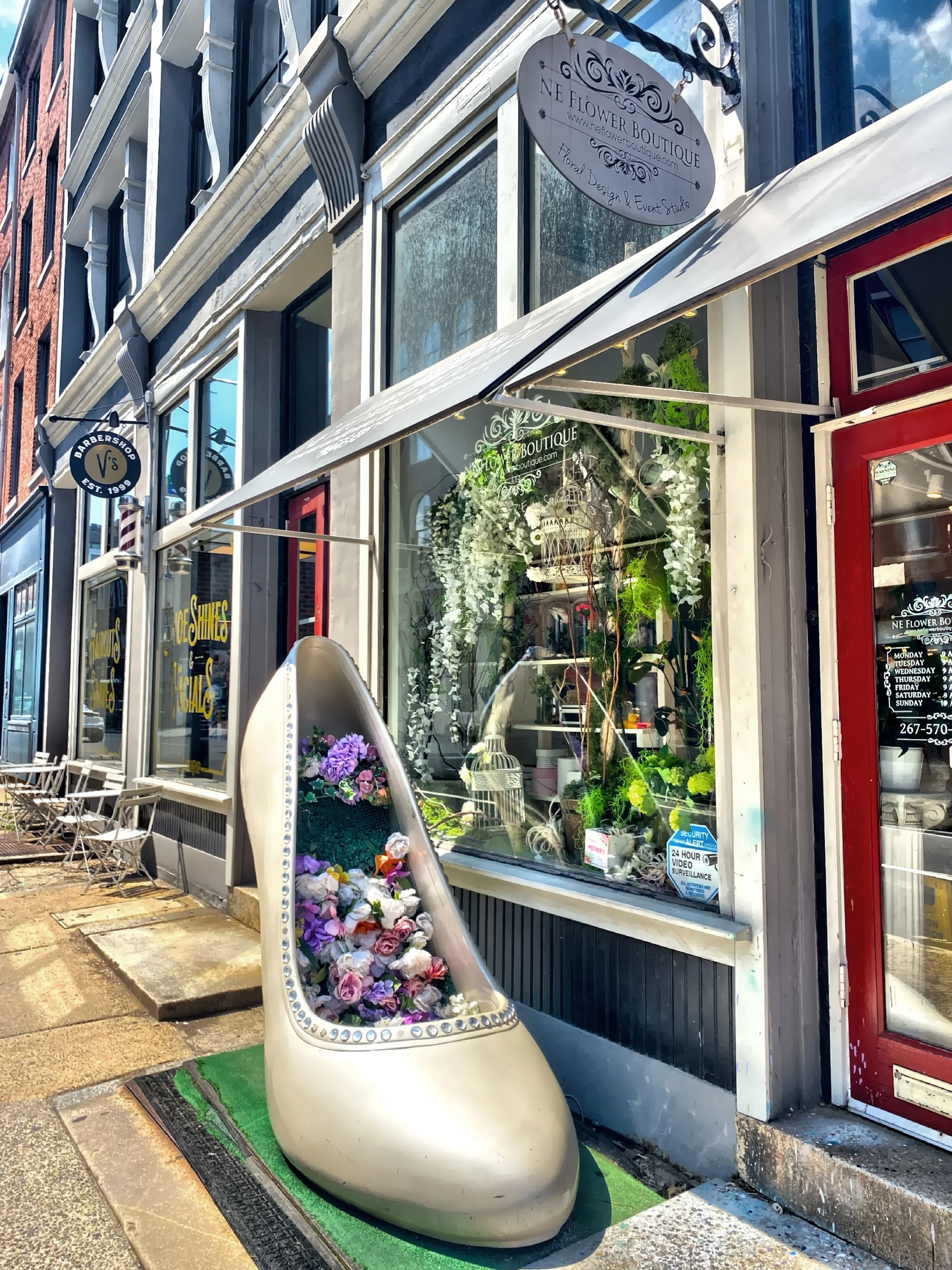
.

The Corn Exchange Bank Building built in 1873.
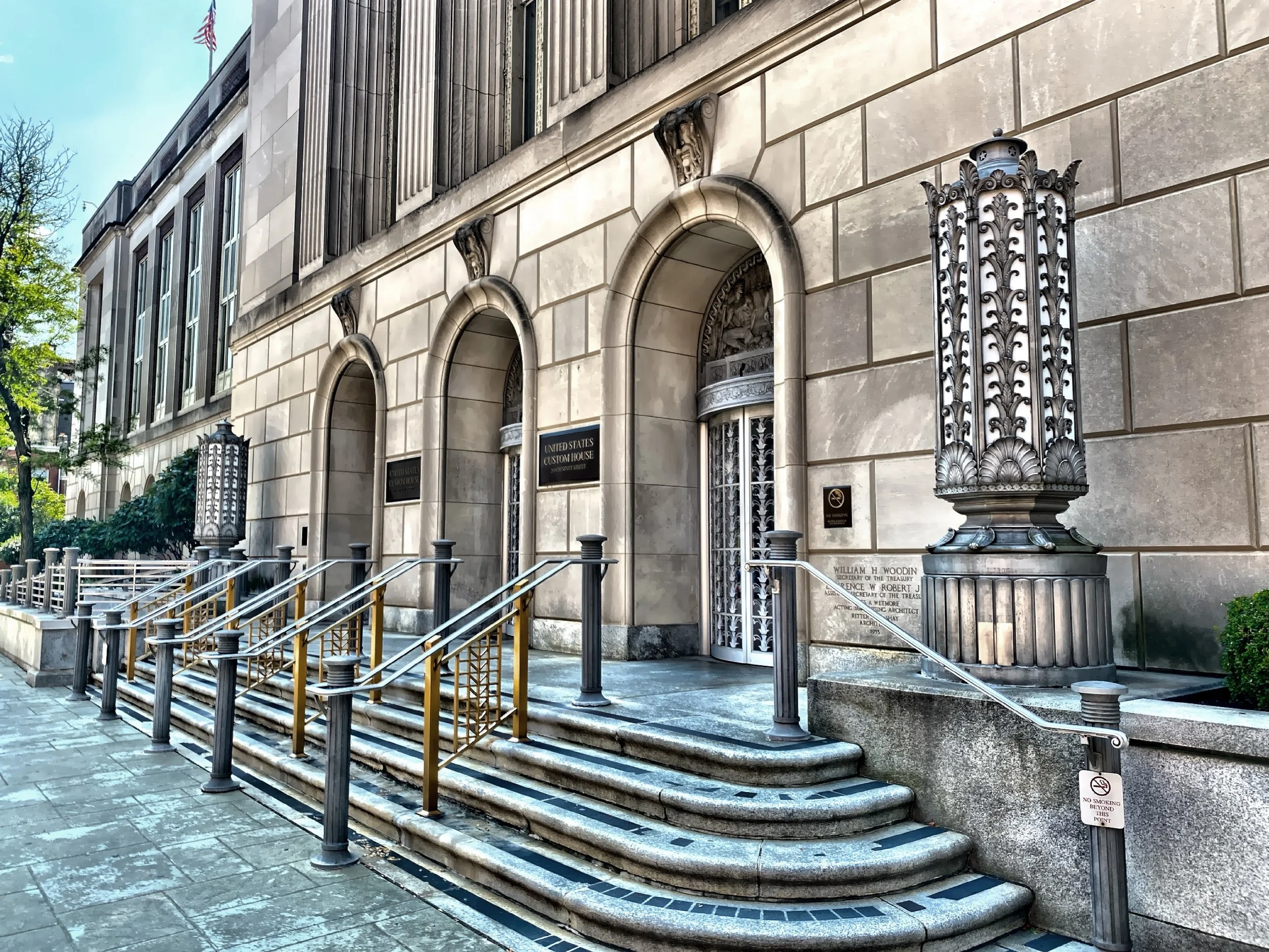
The art deco style United States Custom House built between 1932 and 1934
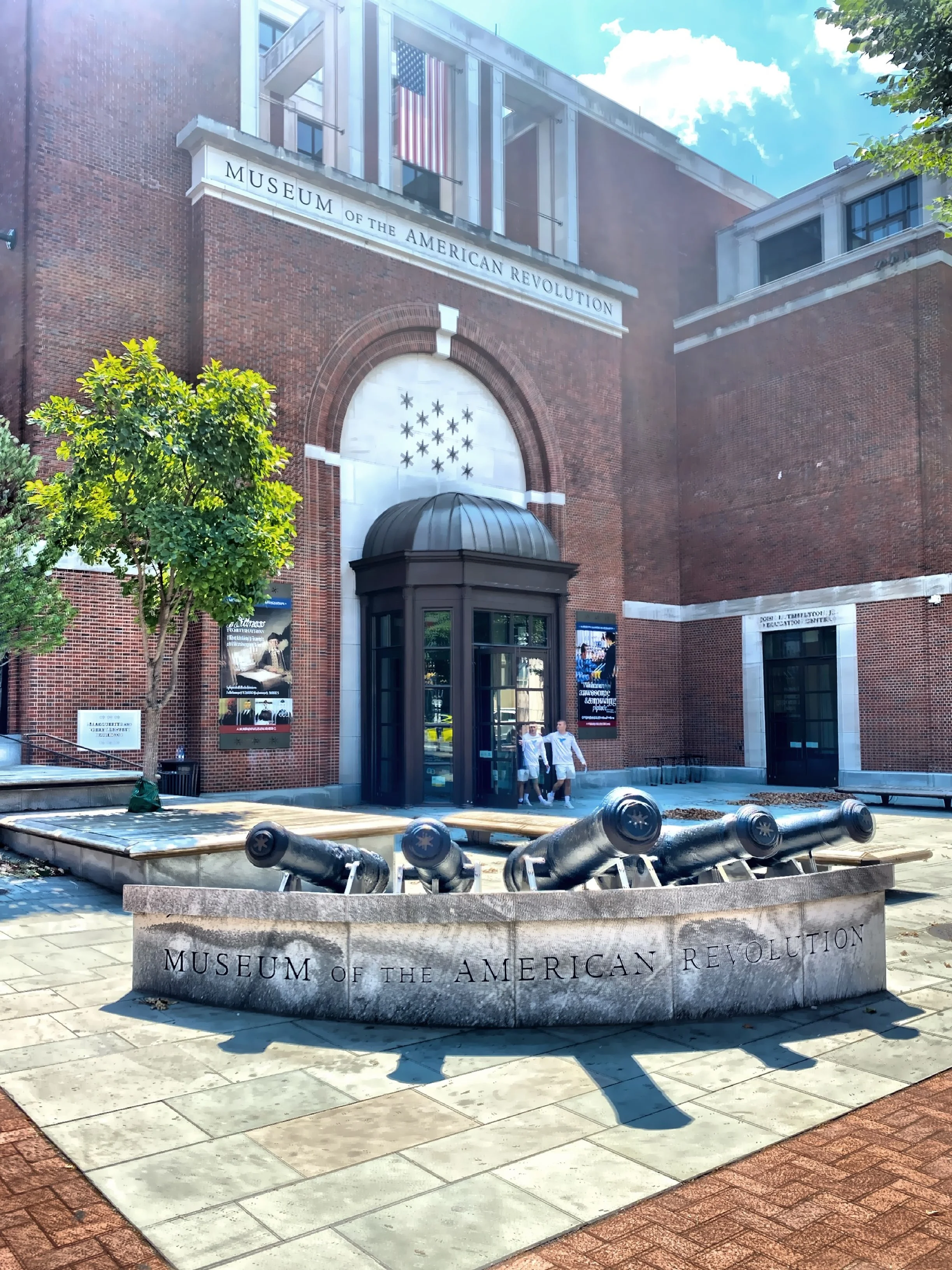
The Museum of the American Revolution

Society Hill Hotel, on Chestnut Street, was built in 1832.
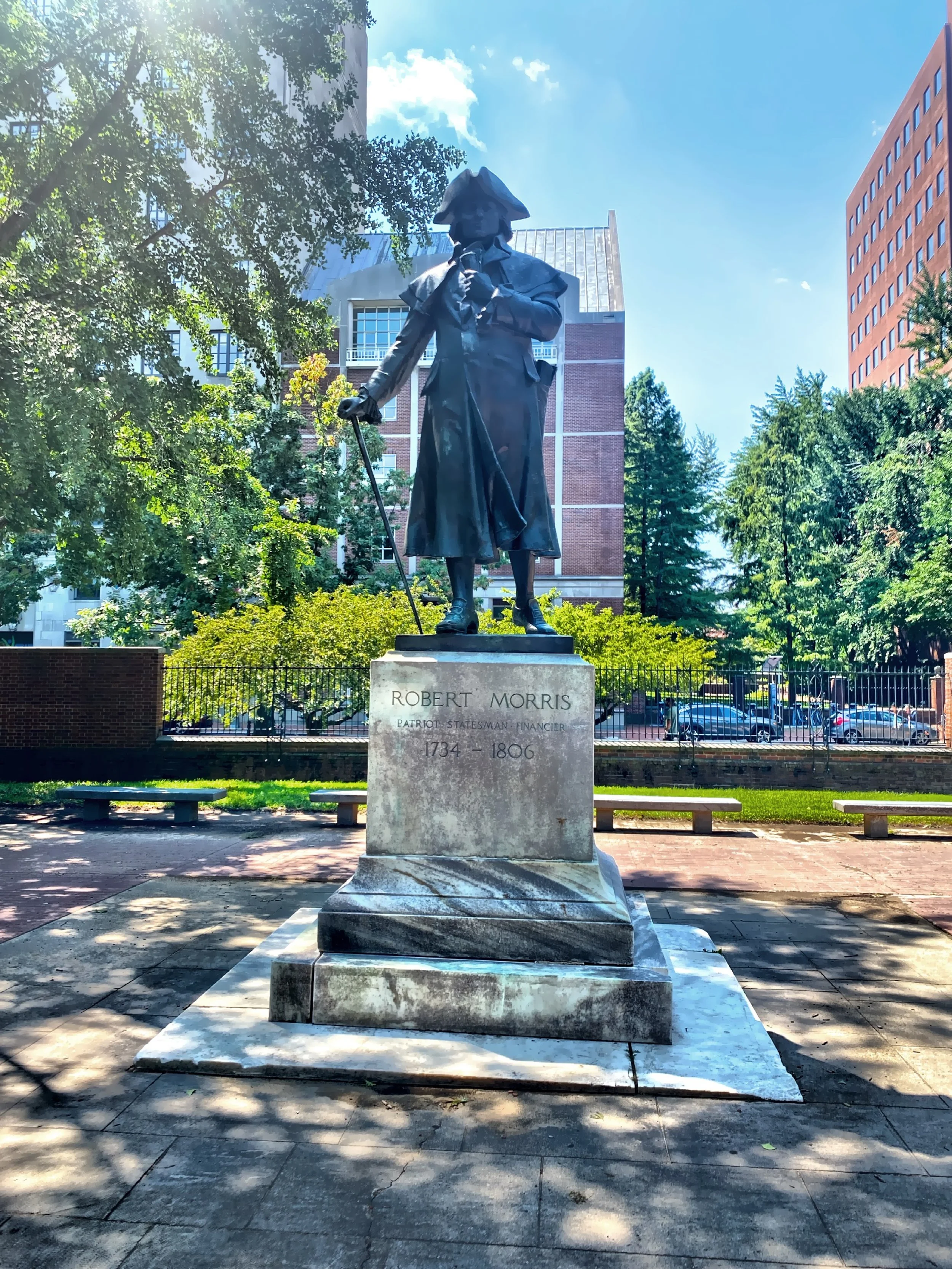
A statue of Robert Morris, known as the financier of the Revolution, is located looking at the historic 2nd National Bank.

Jack's Firehouse Restaurant is set in a 19th century firehouse on Fairmont Street.

These beautiful buildings along the river in the Boathouse Row National Historic District.

Since 1871, this building has been home to the University Barge Club.
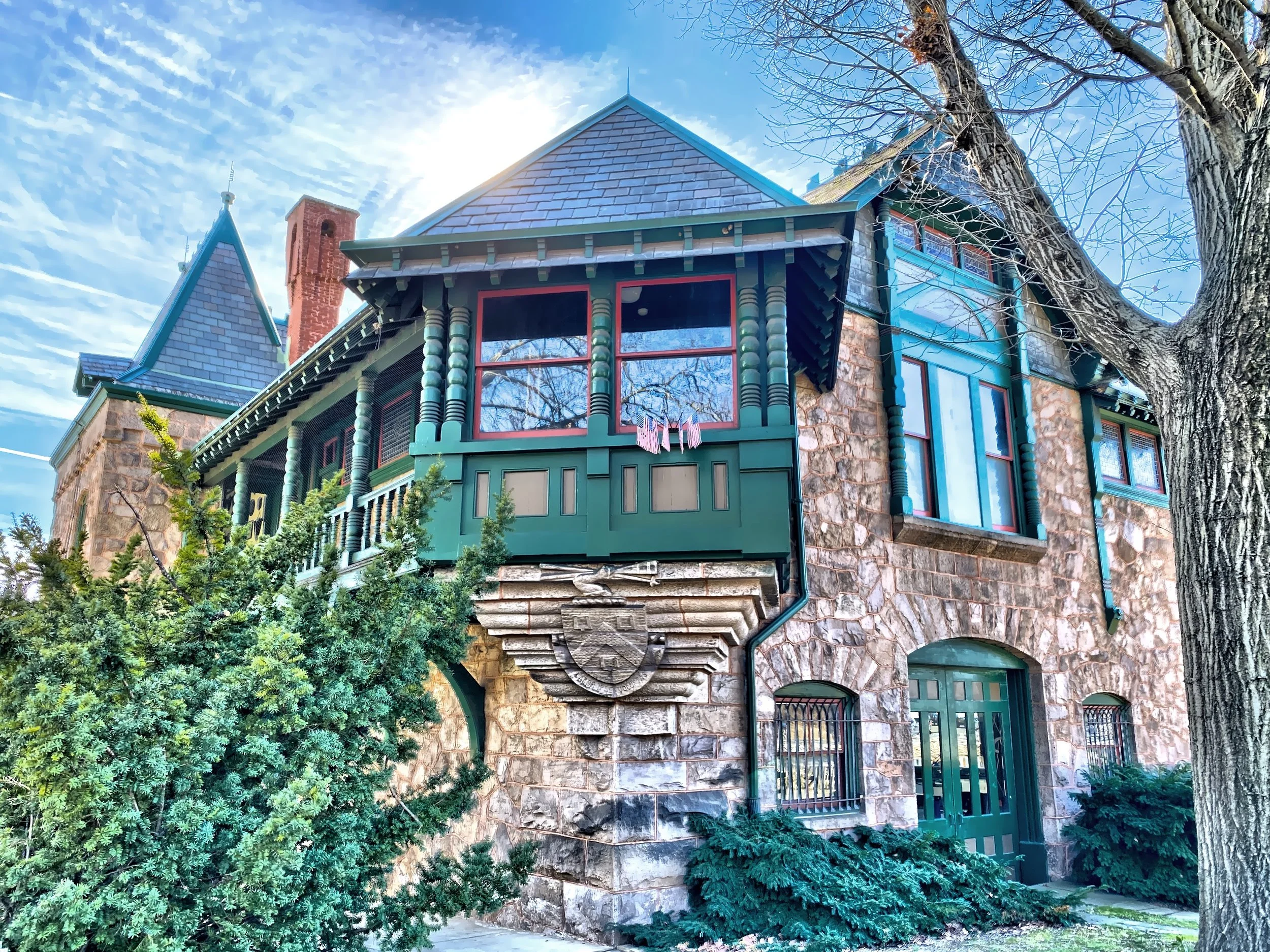
This the home of the Undine Barge Club on Boathouse row. The club was founded in 1856.
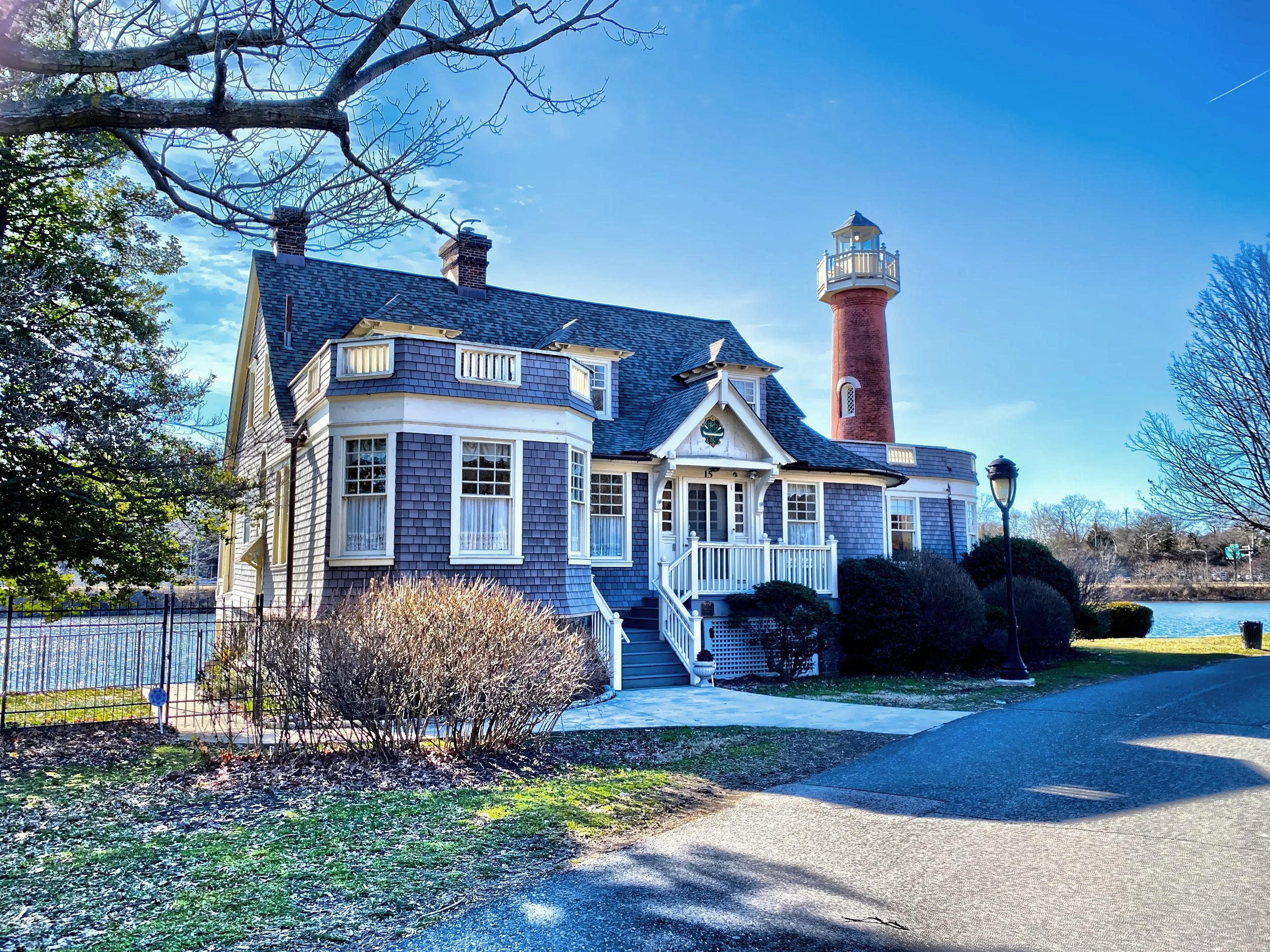
The Lighthouse on Turtle Rock, just west of Boathouse Row, was built in 1887 to aid traffic on the Schuykill River.
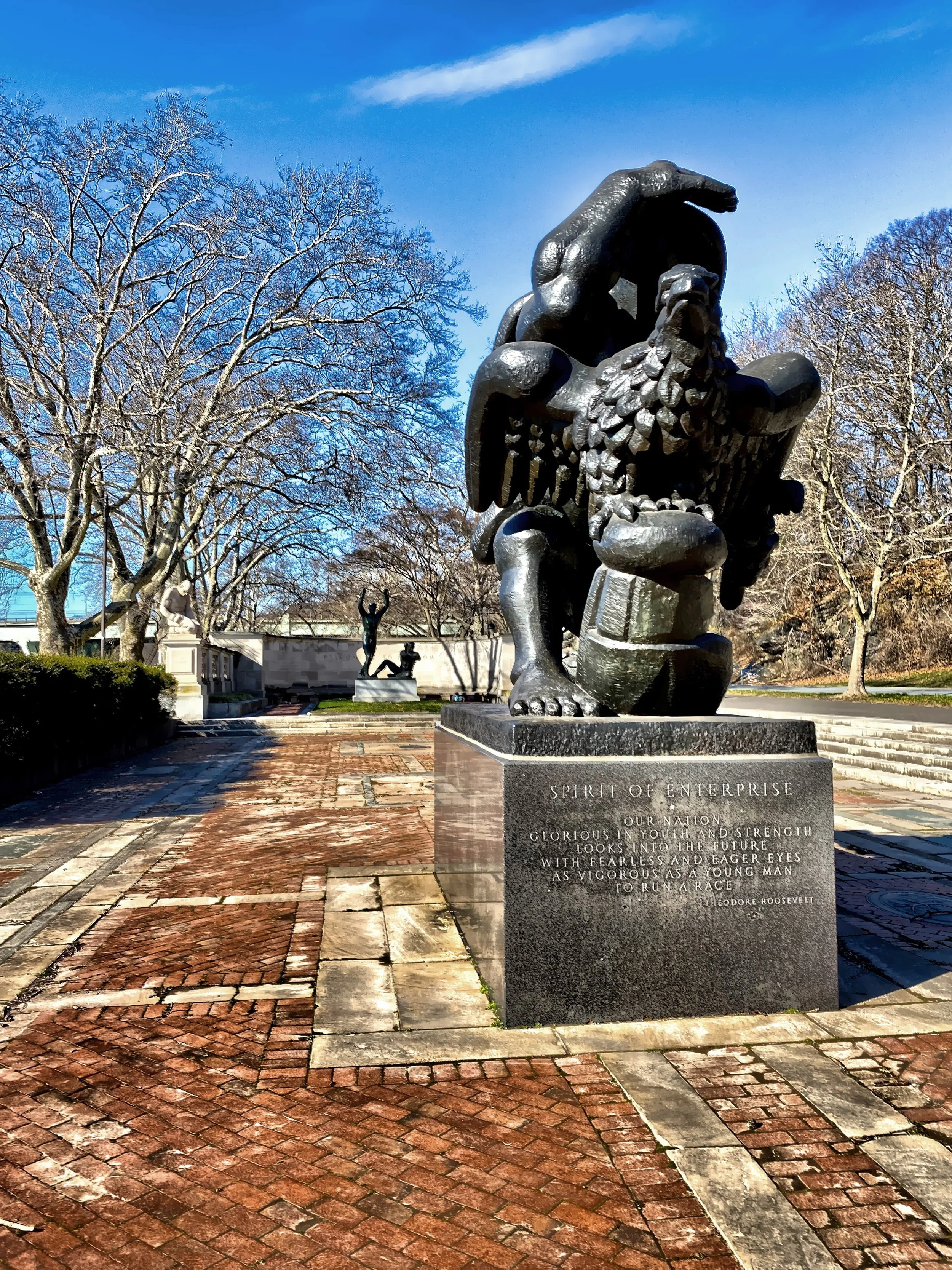
The Ellen Phillips Samuel Mermorial
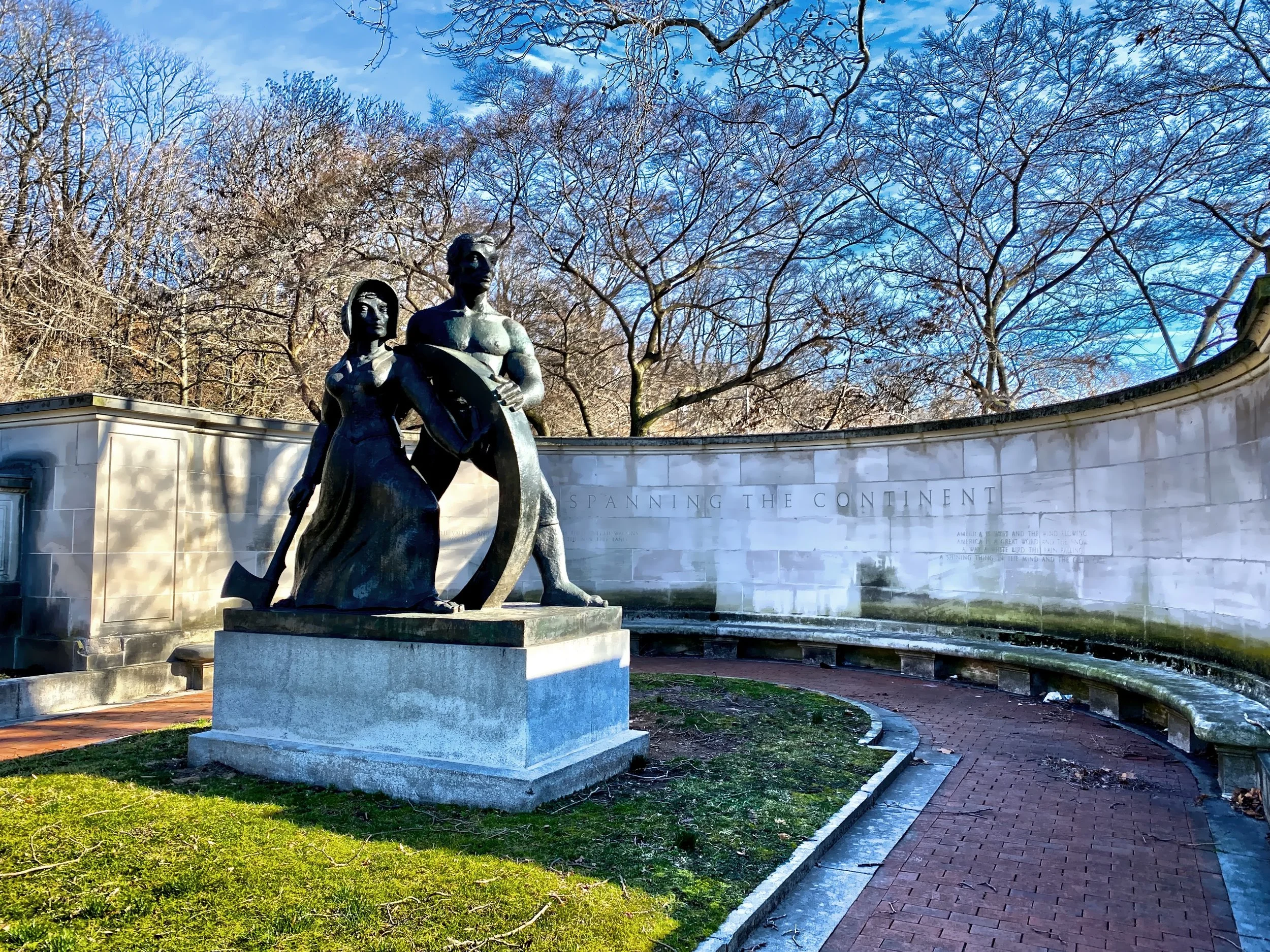
"Spanning the Continent" by Robert Laurent (1937) on the Central Terrace.

What you should know:
Philadephia is a walkable city, especially in the downtown area.
The city has an extensive mass transit system.
You could spend a couple of hours to a couple of days exploring the city.
There is on the street parking and parking lot options. Be sure to check the posted parking regulations signs.
People are friendly and helpful.
There are many restaurant and entertainment options.
For more information: Philadelphia



